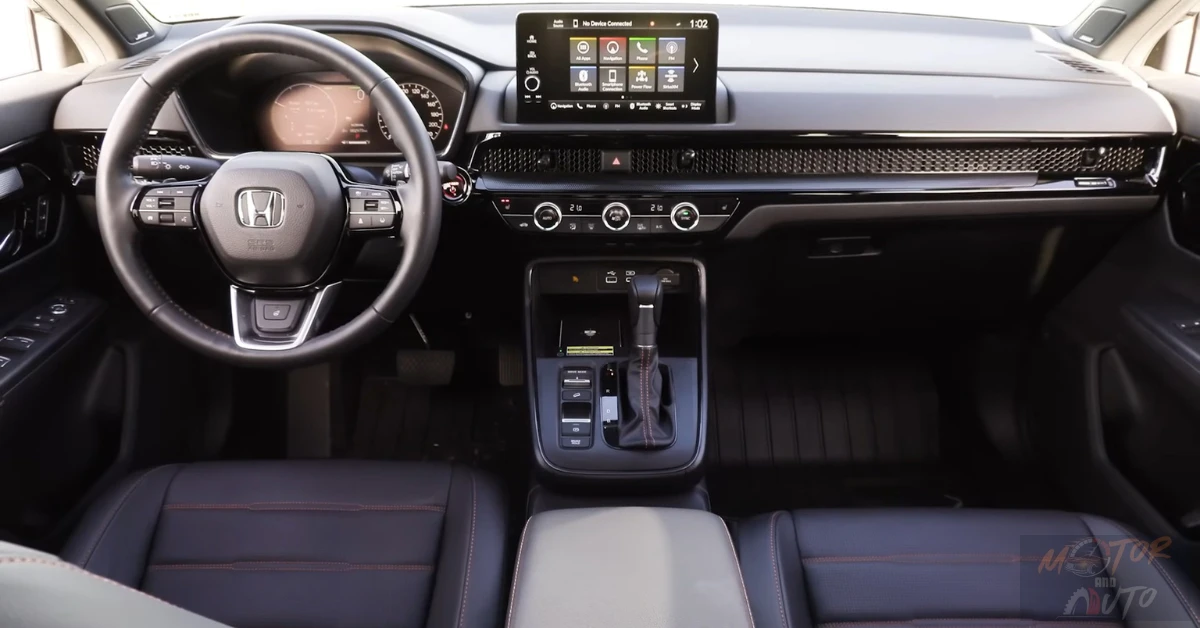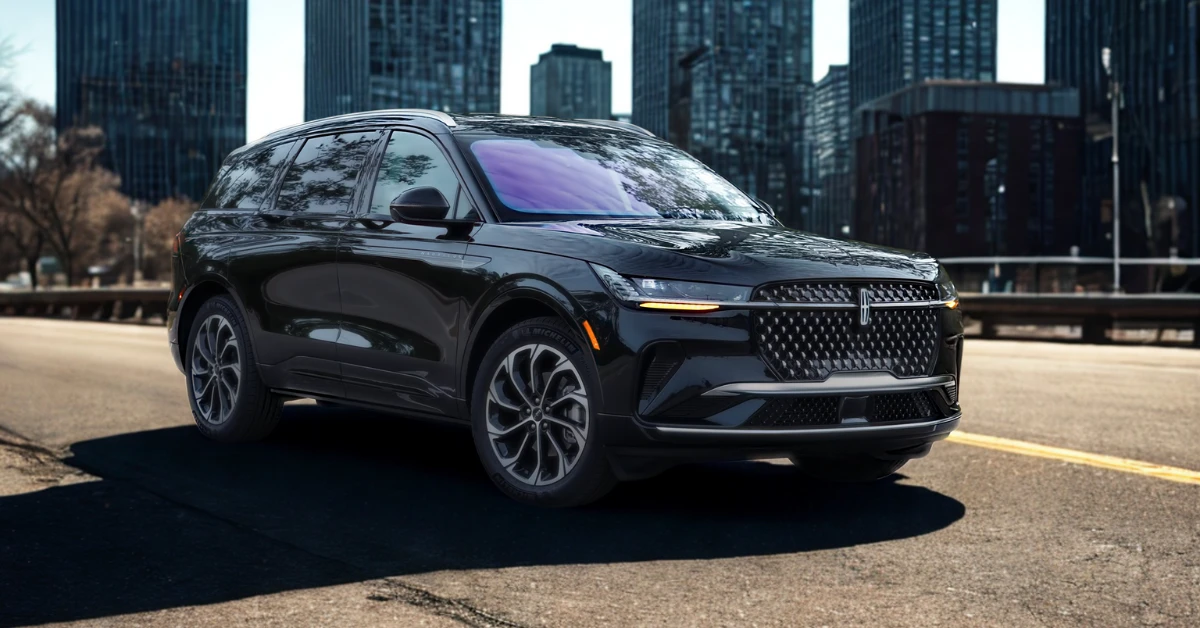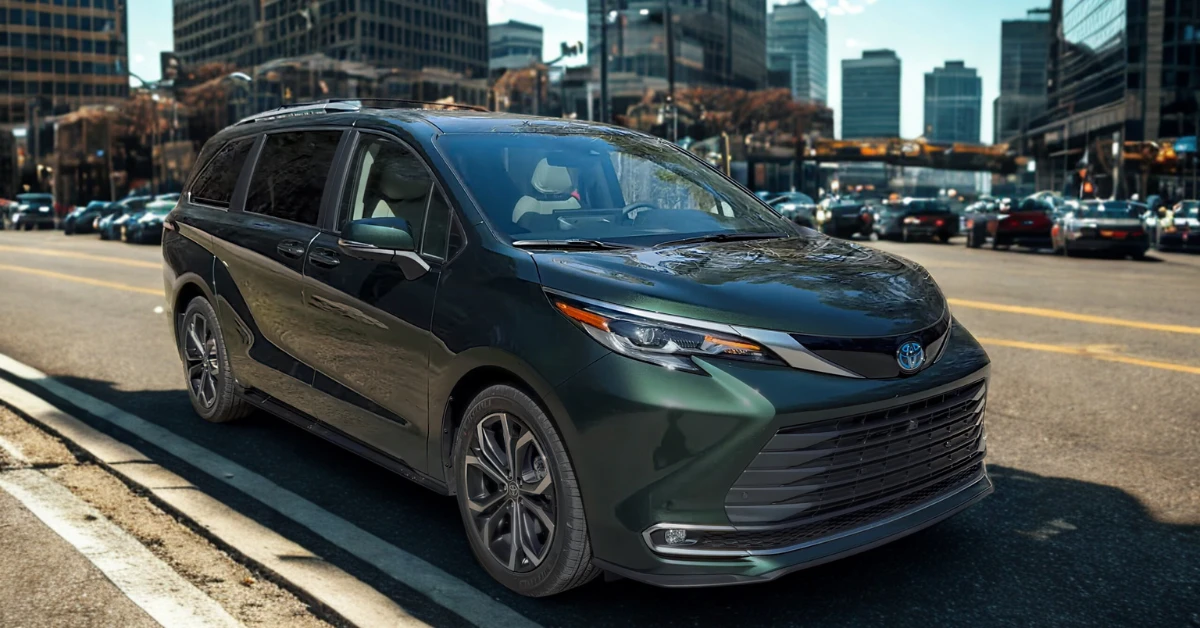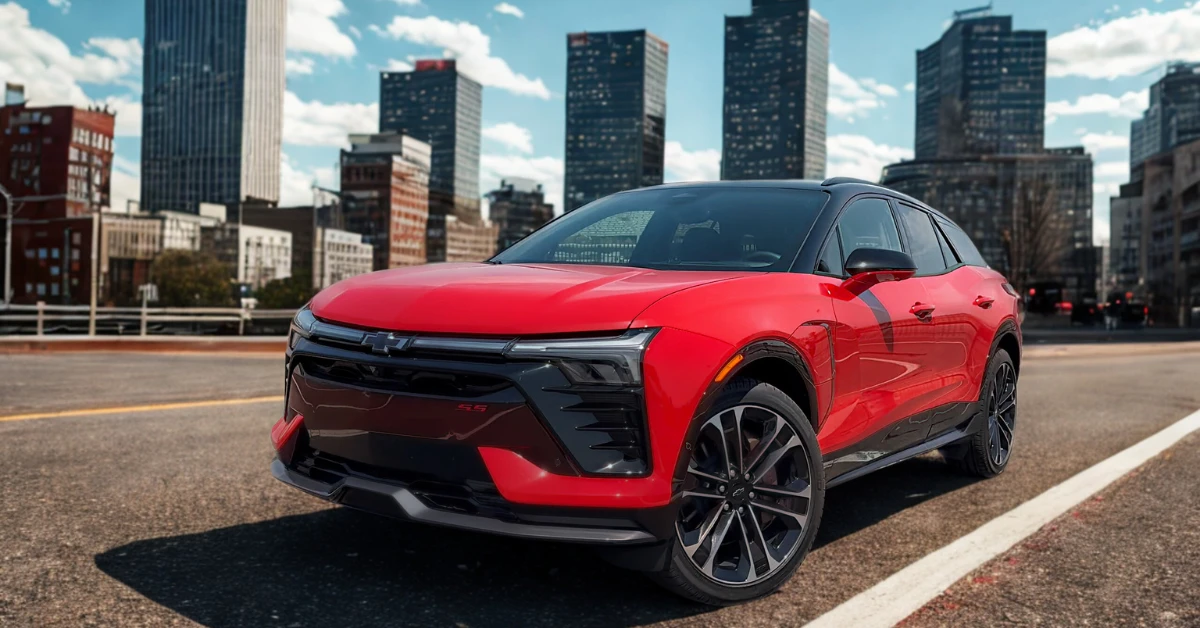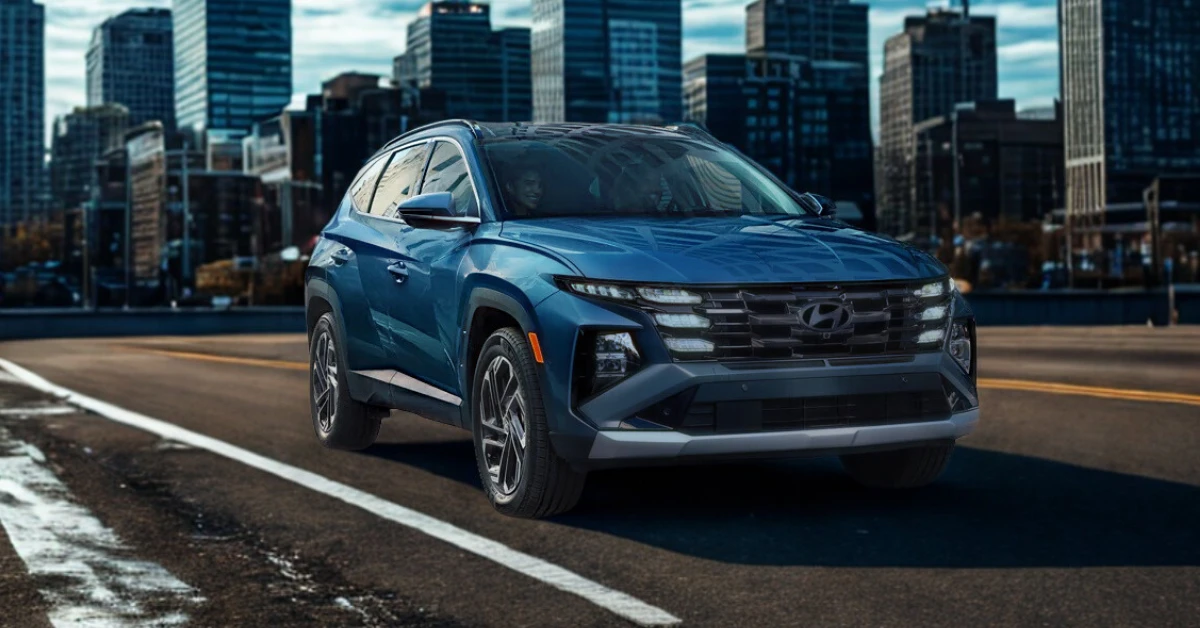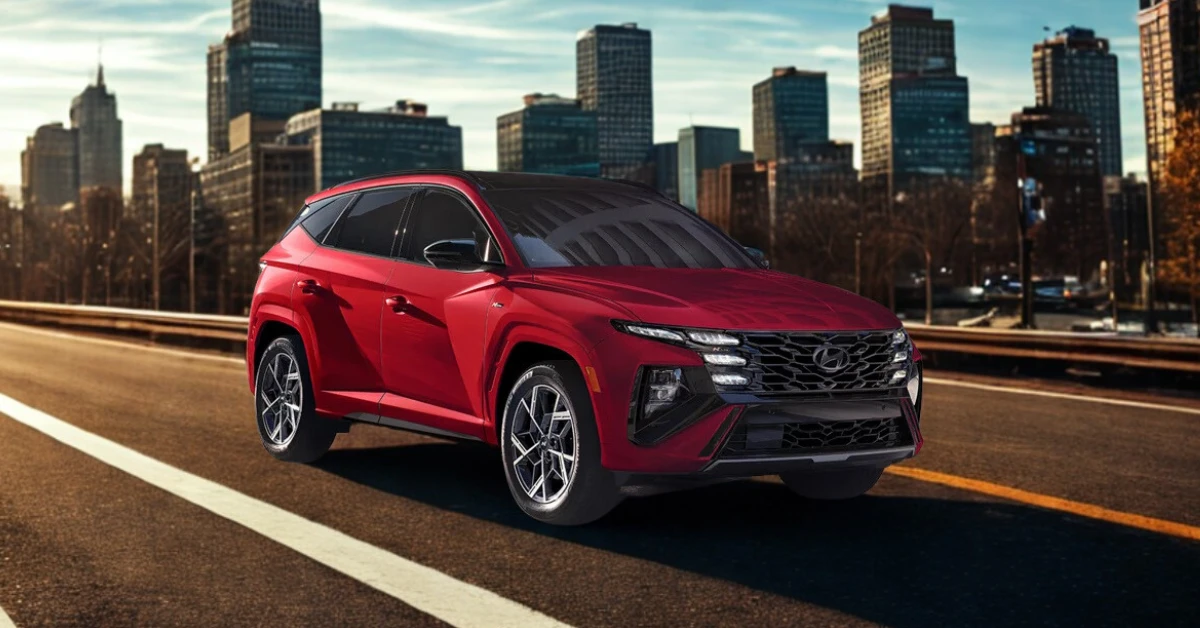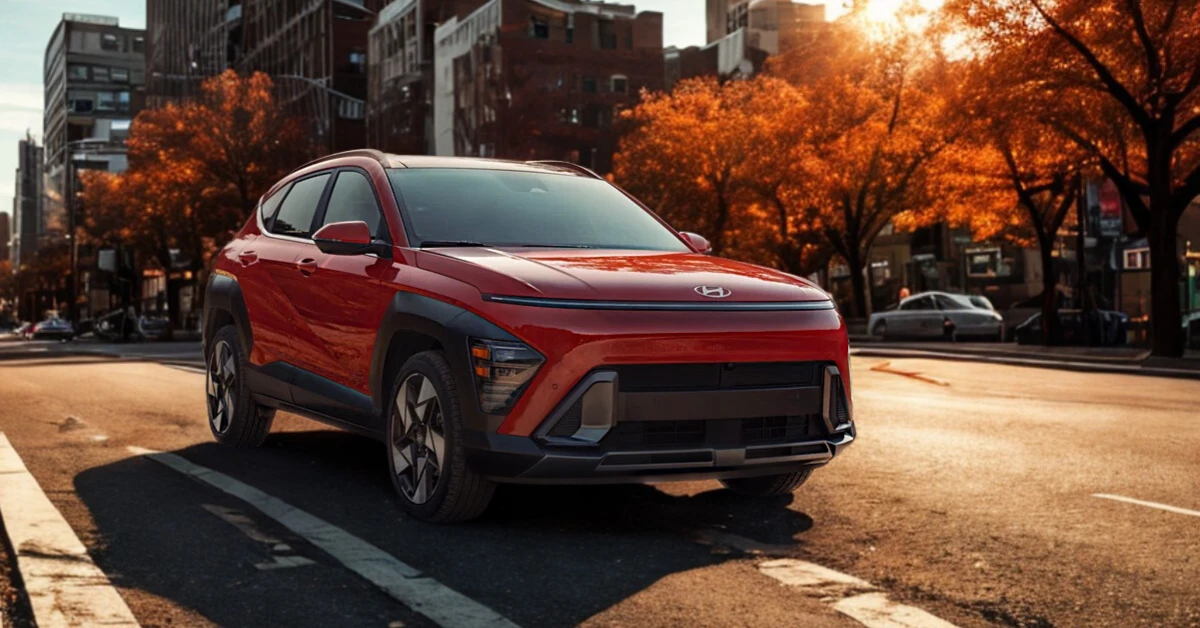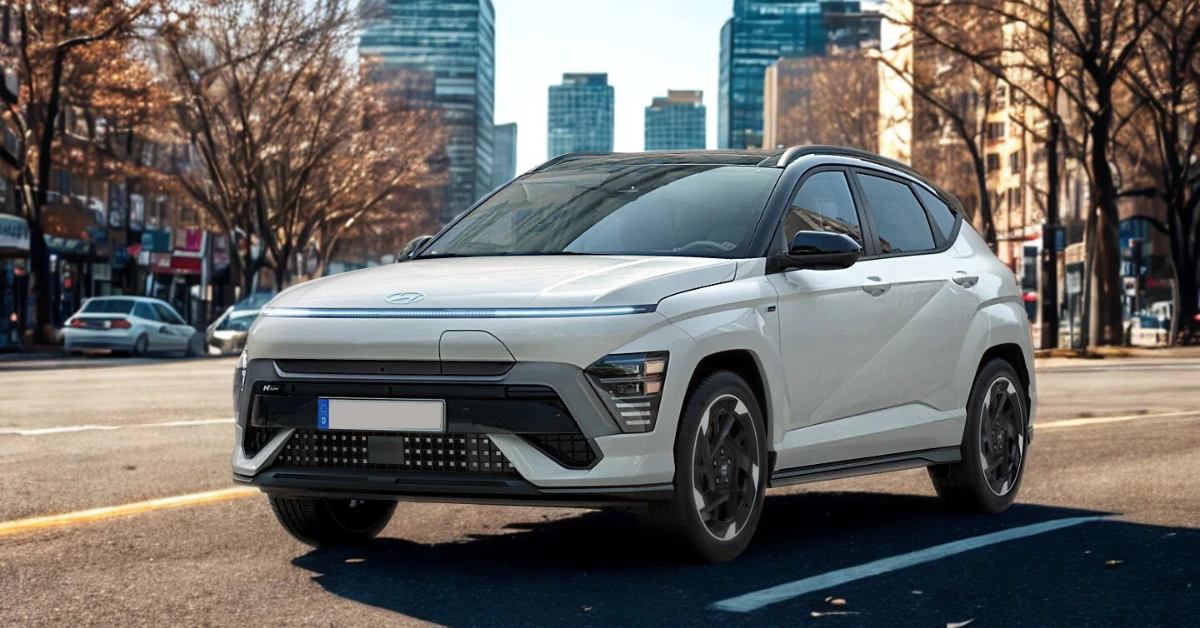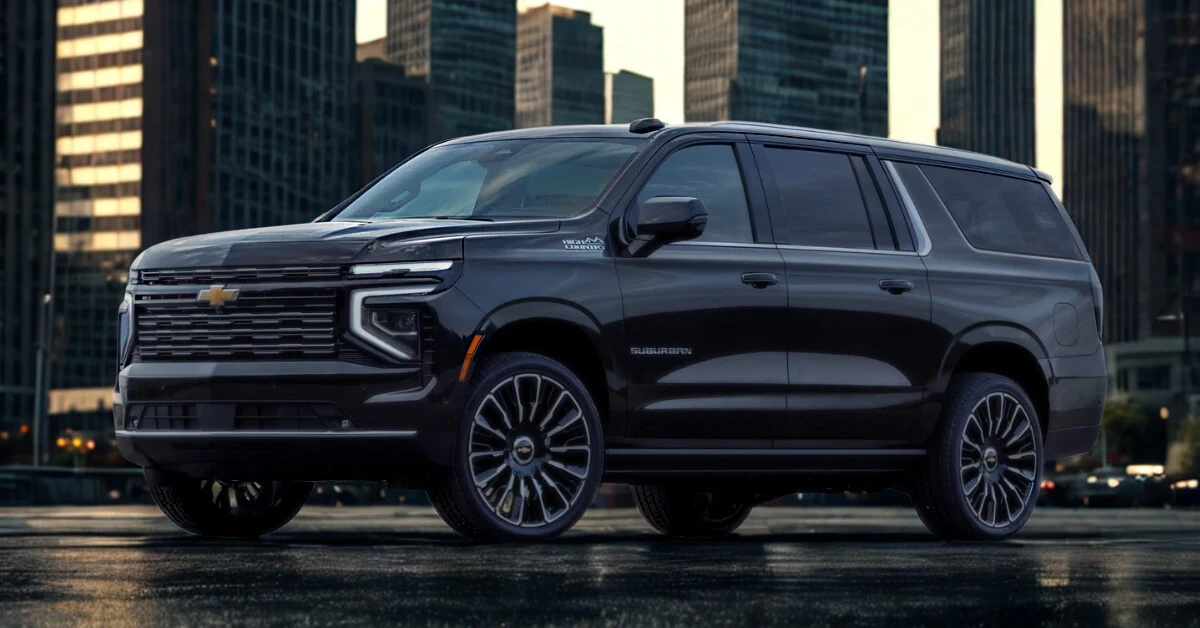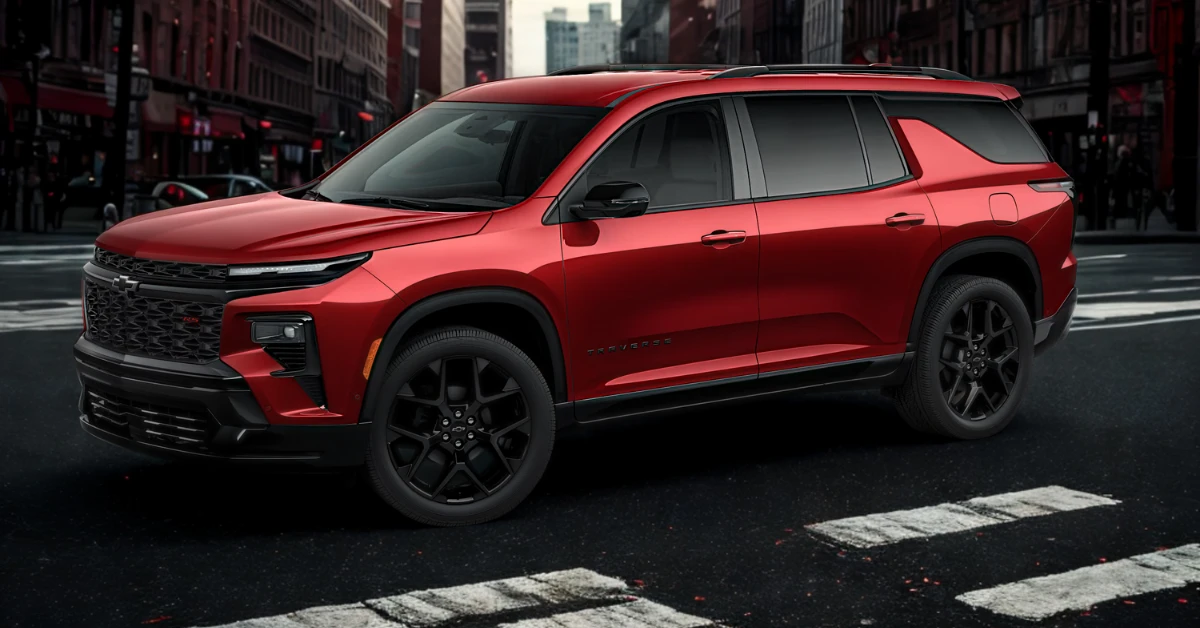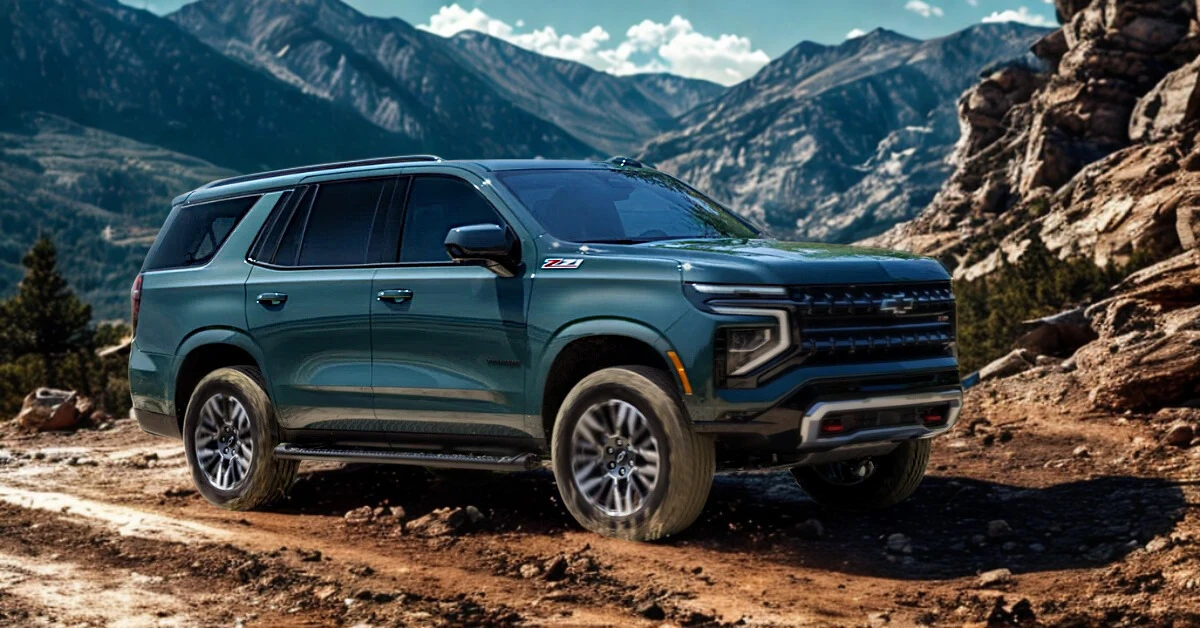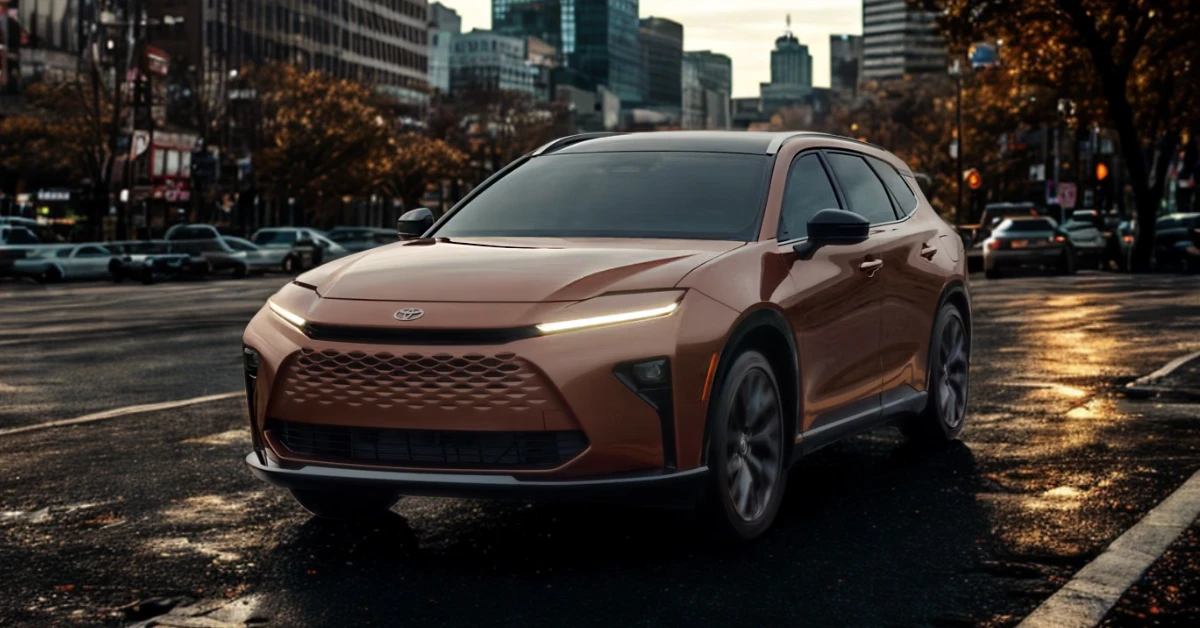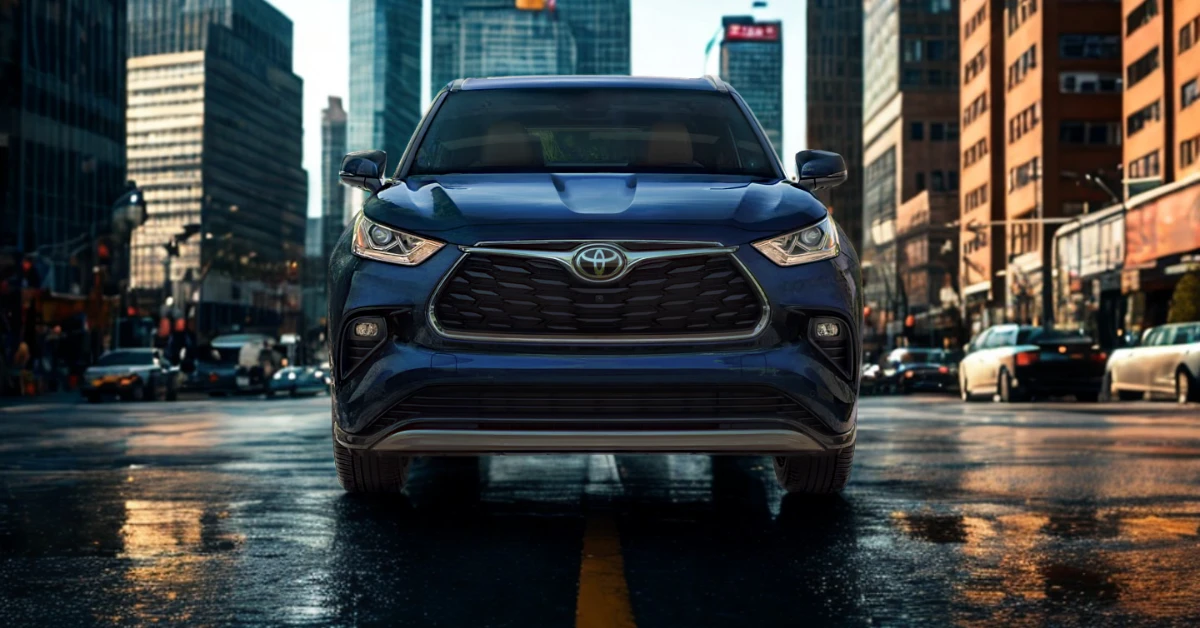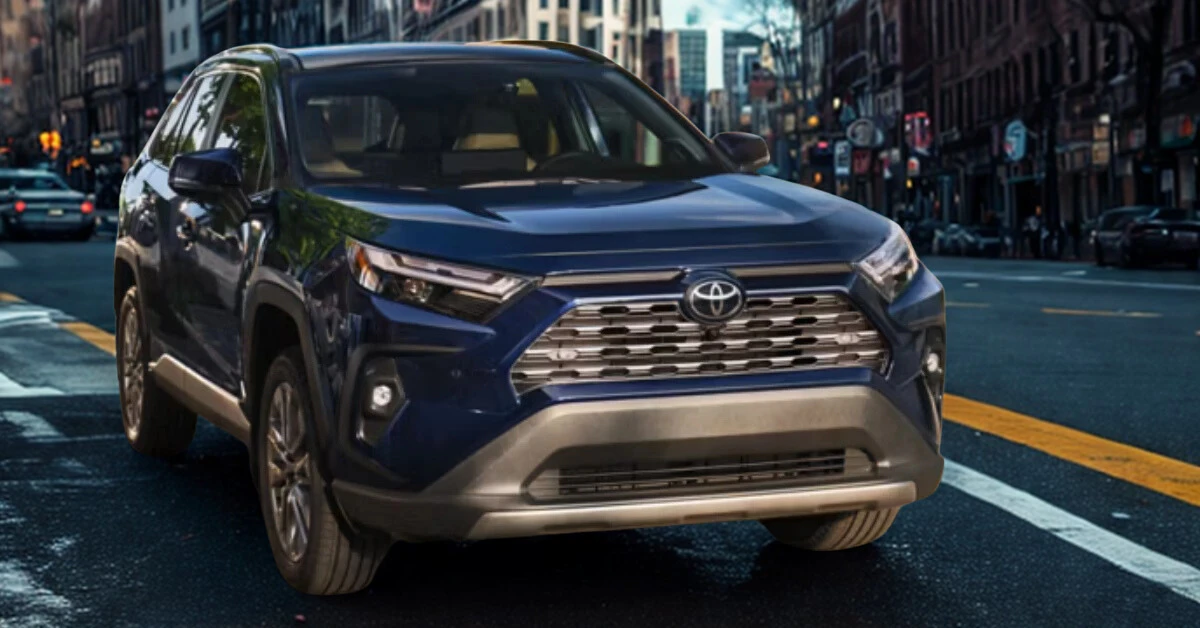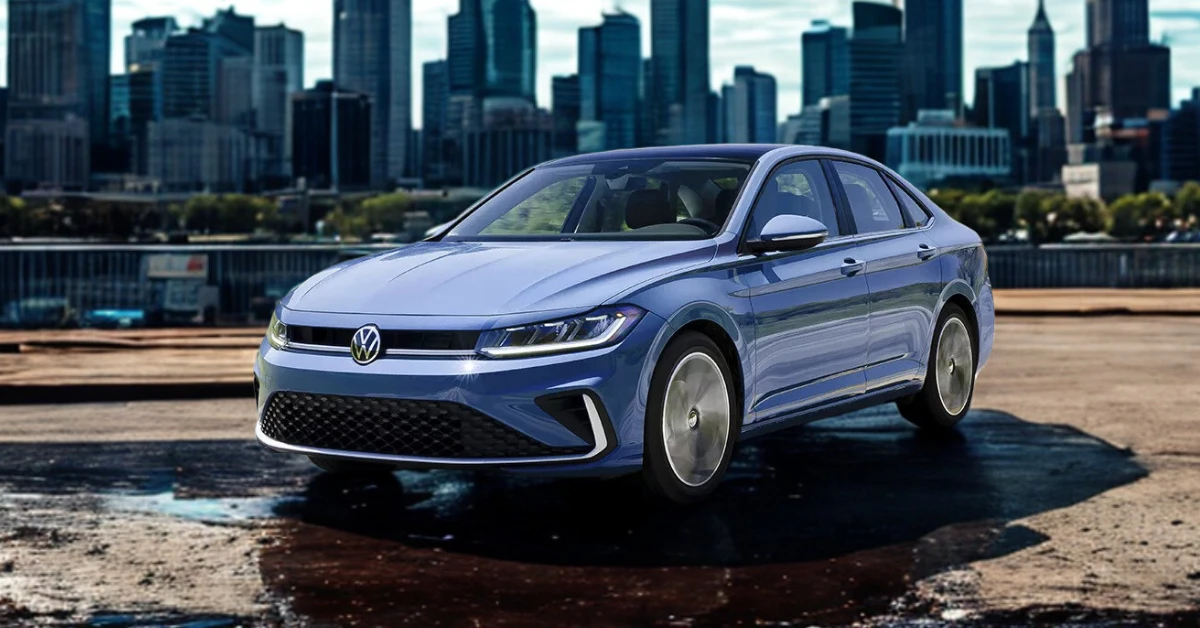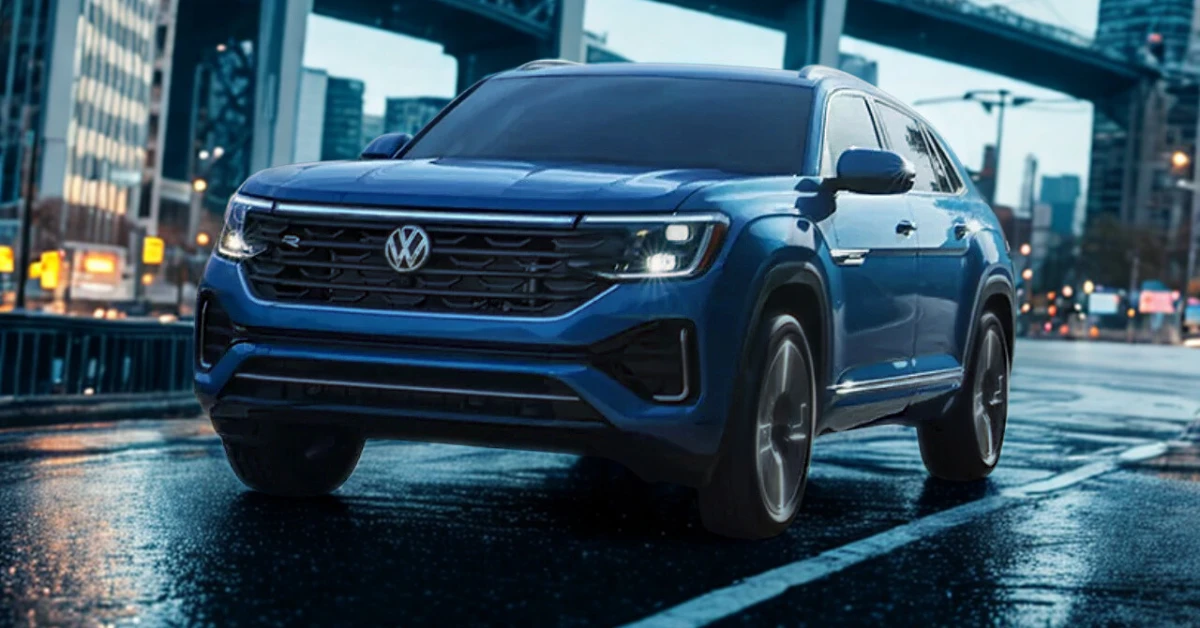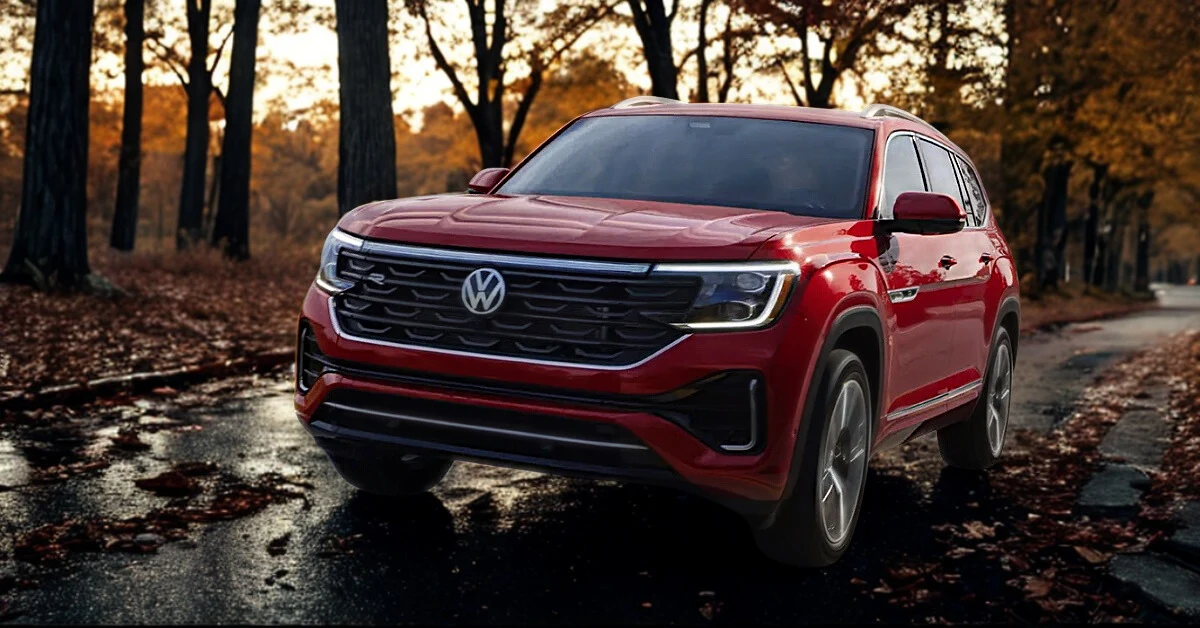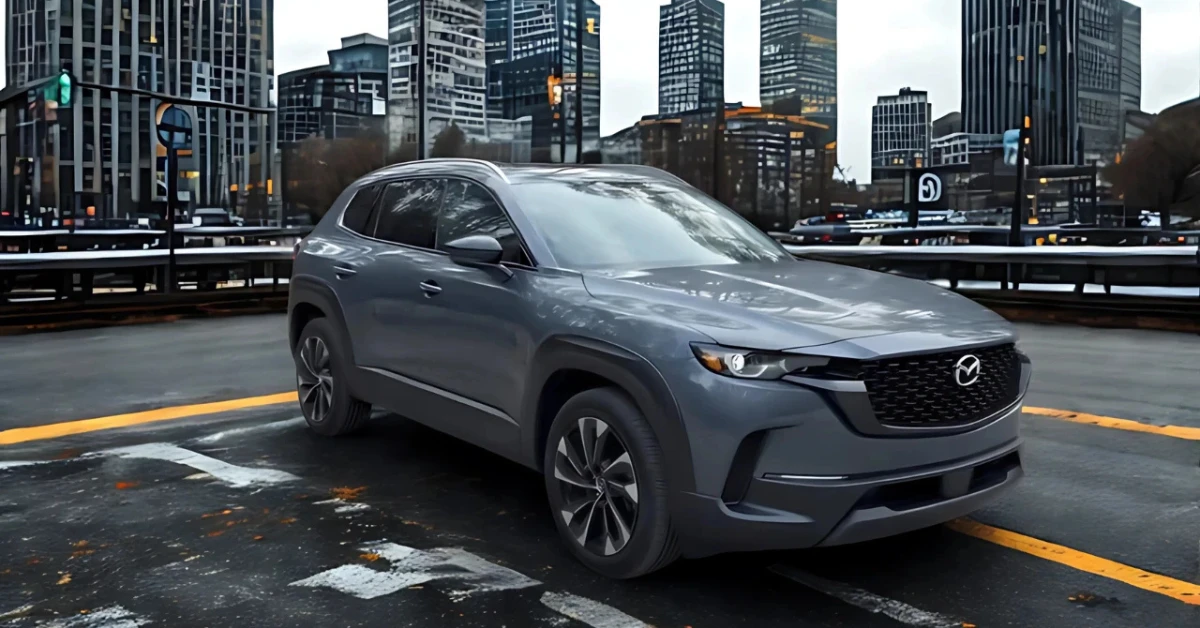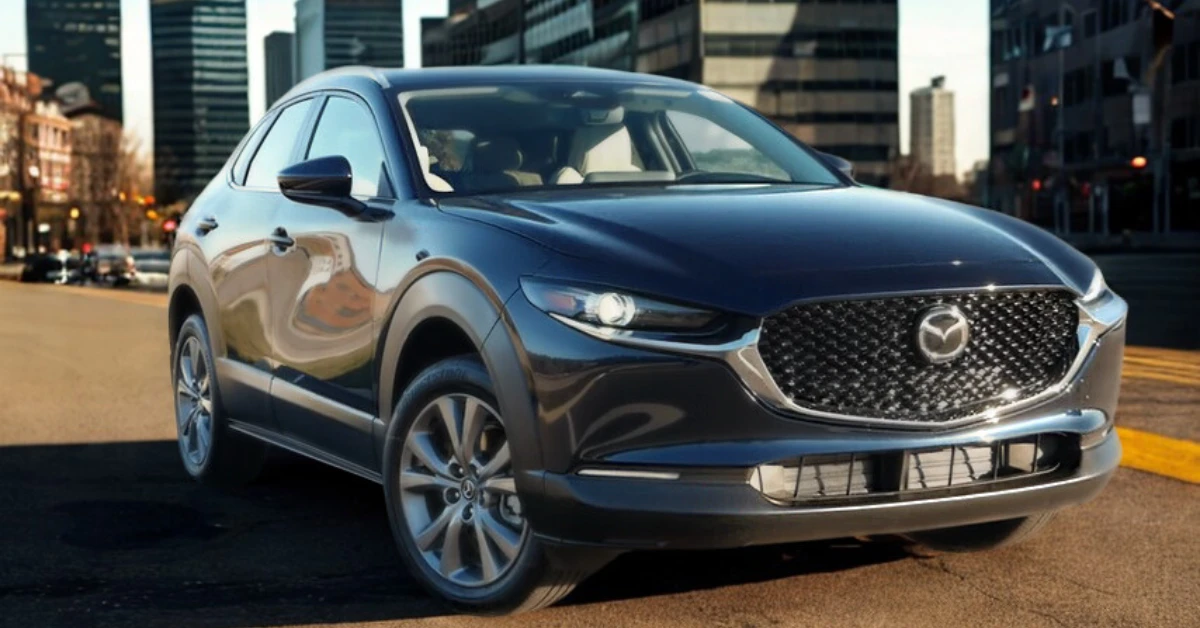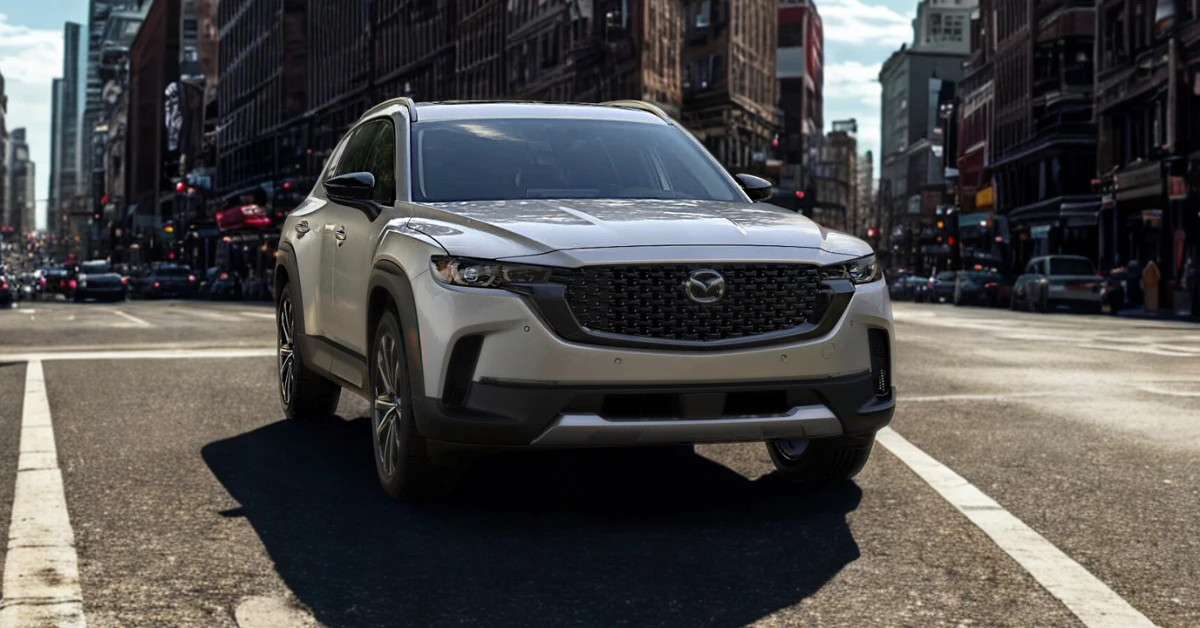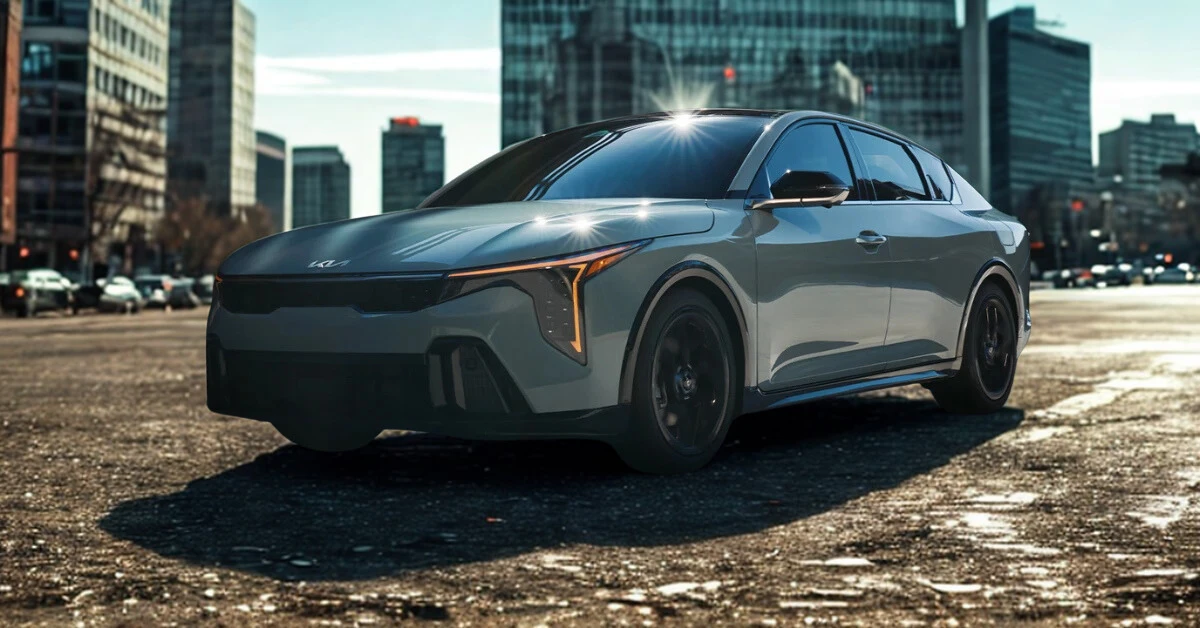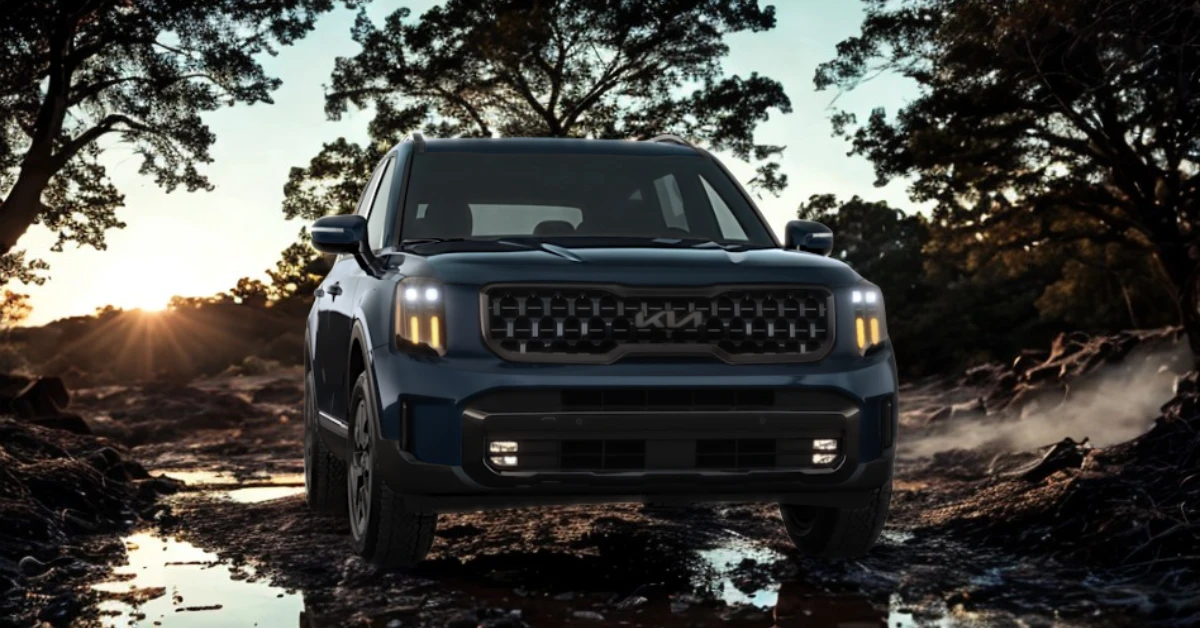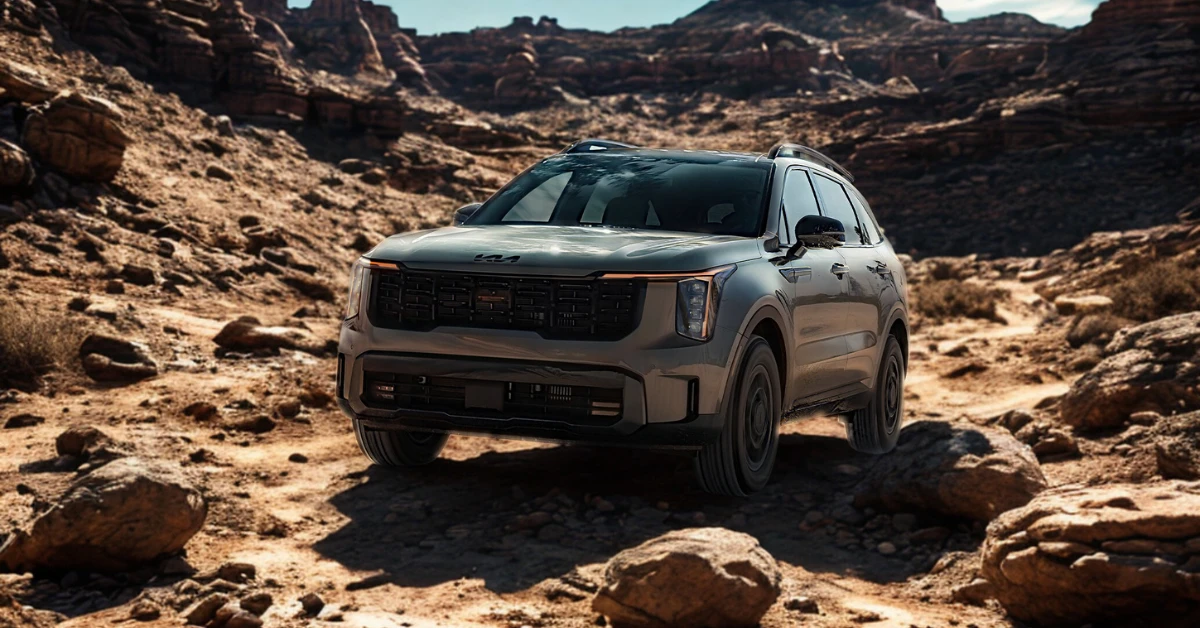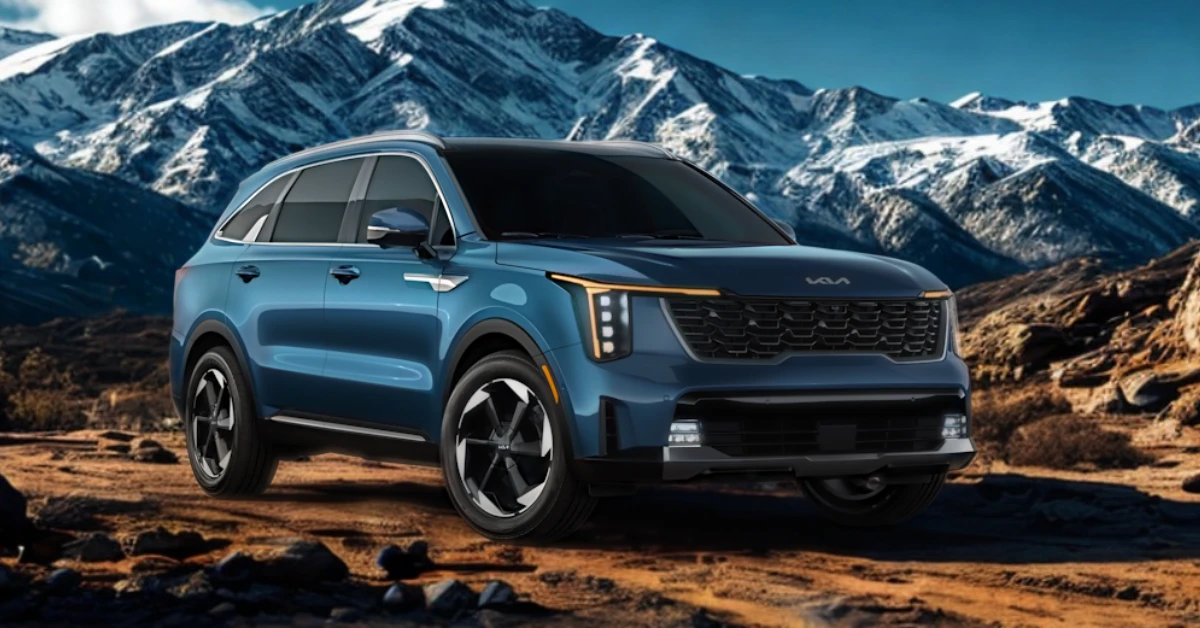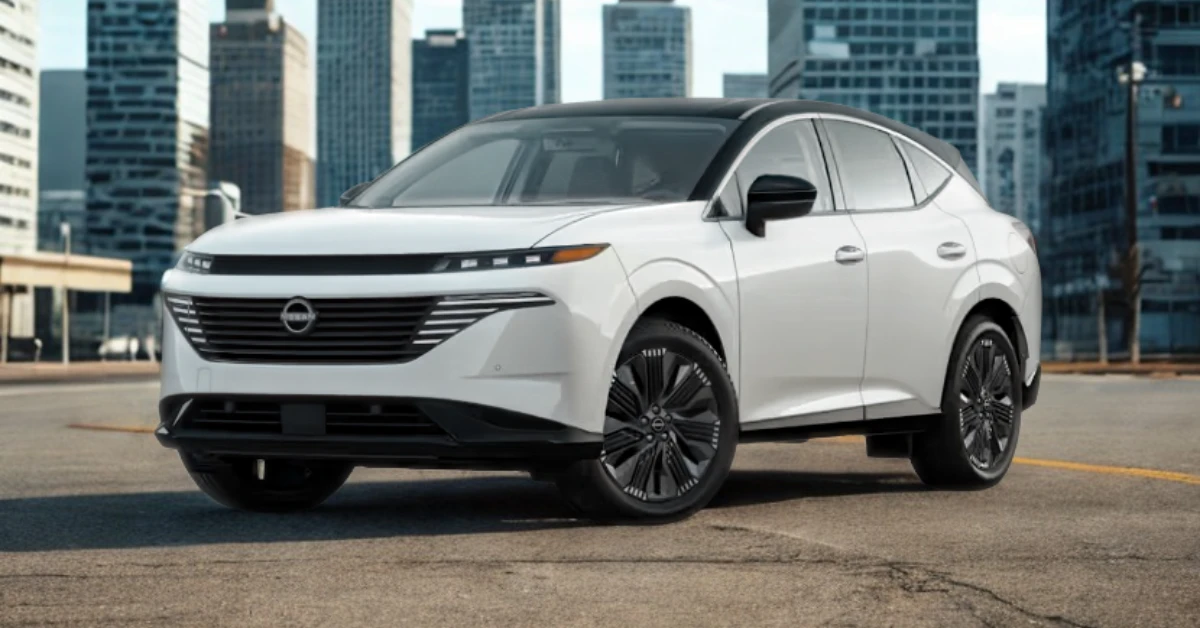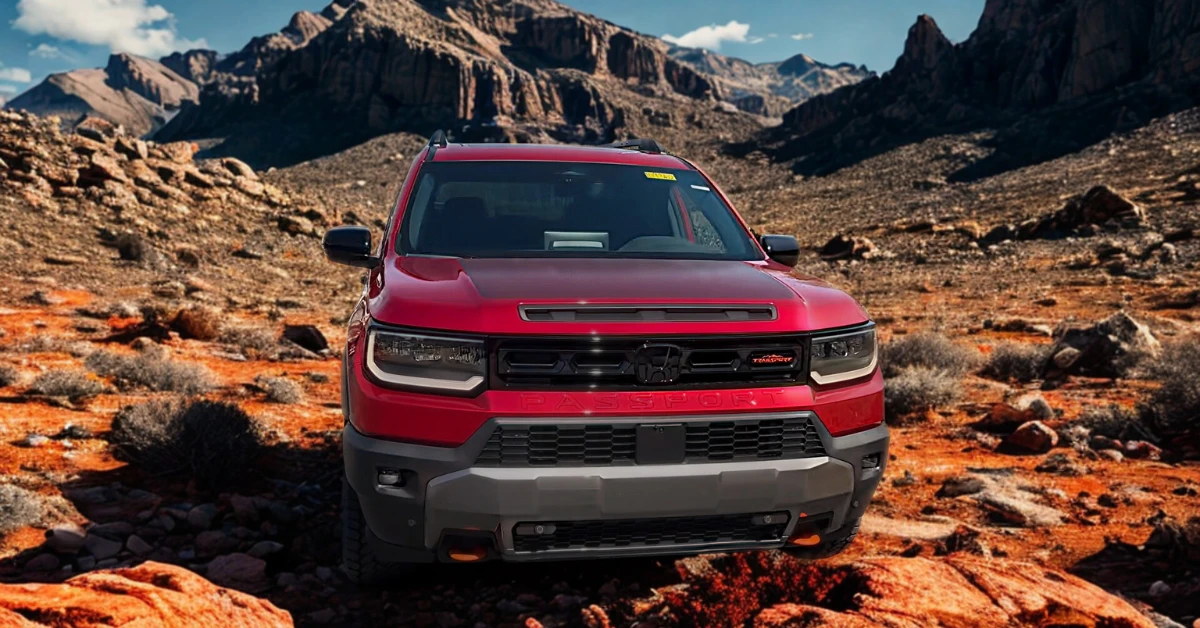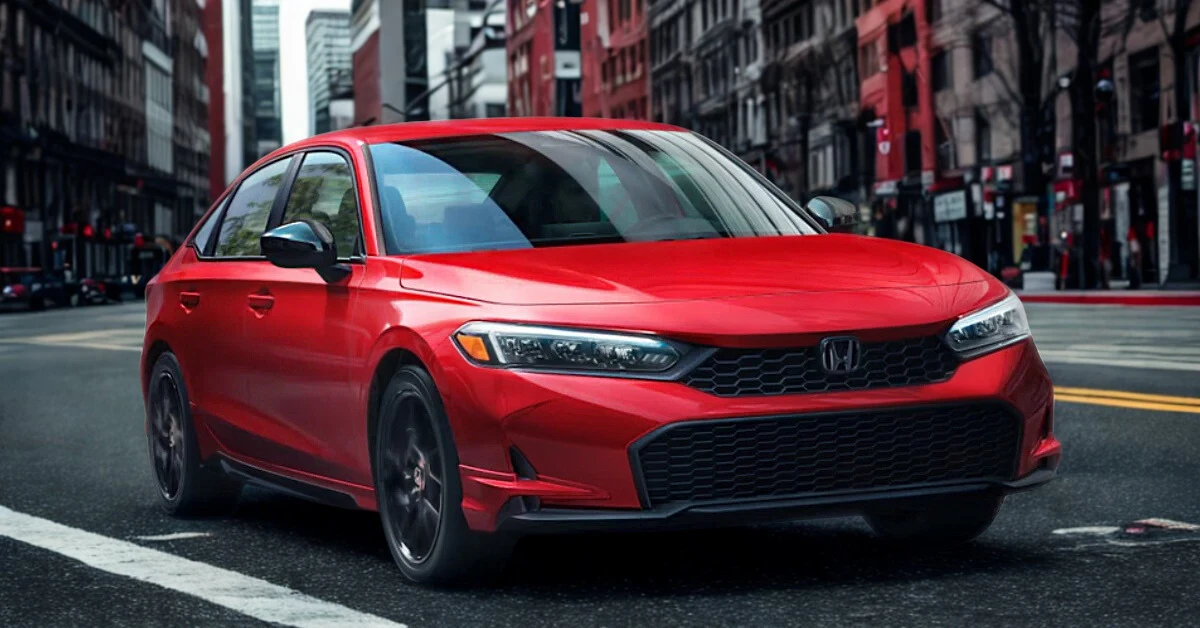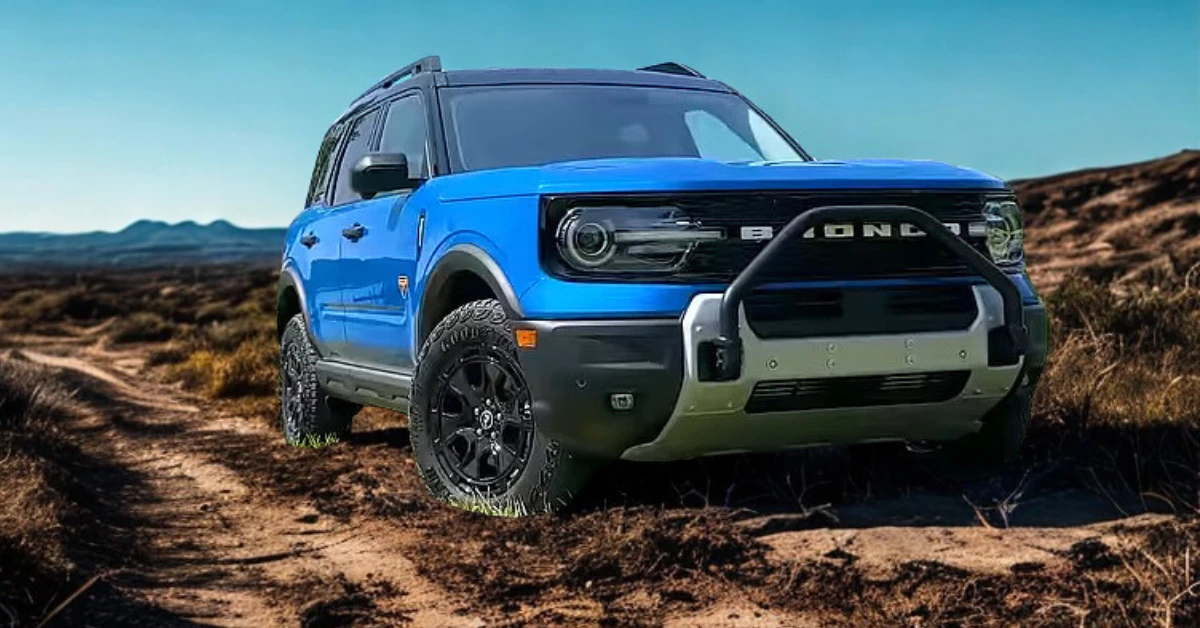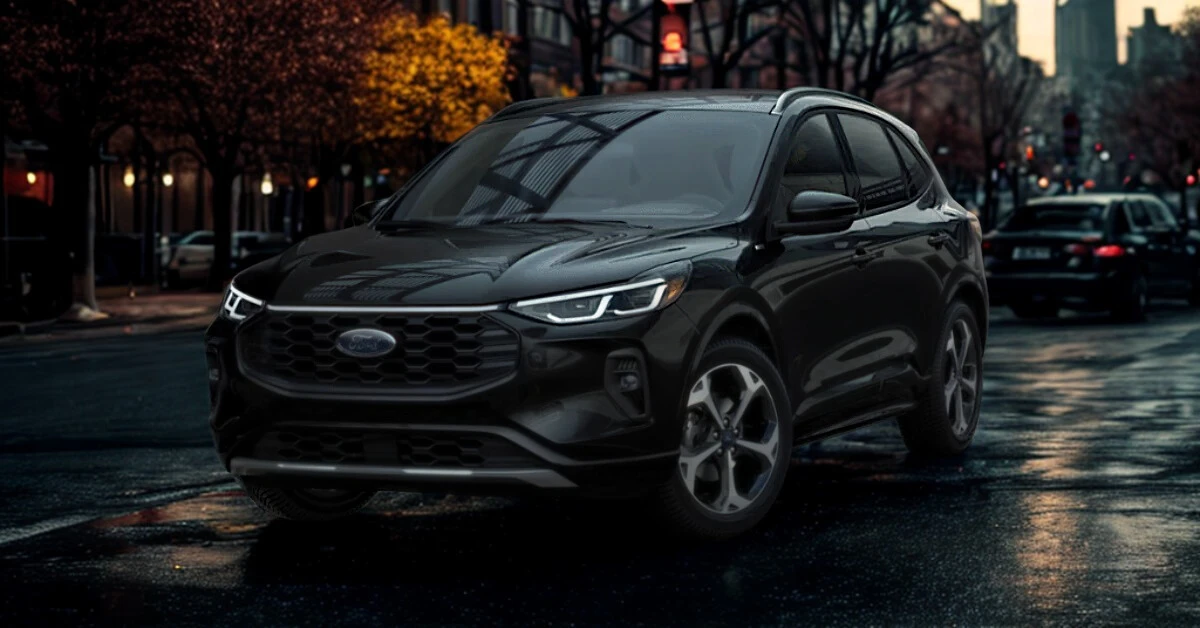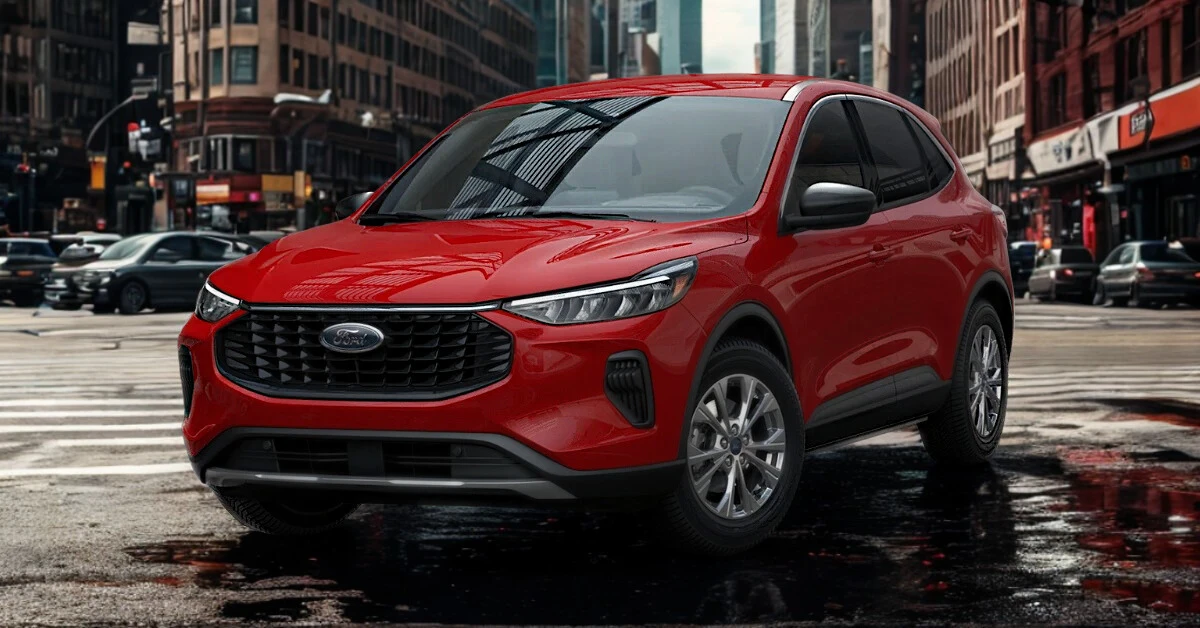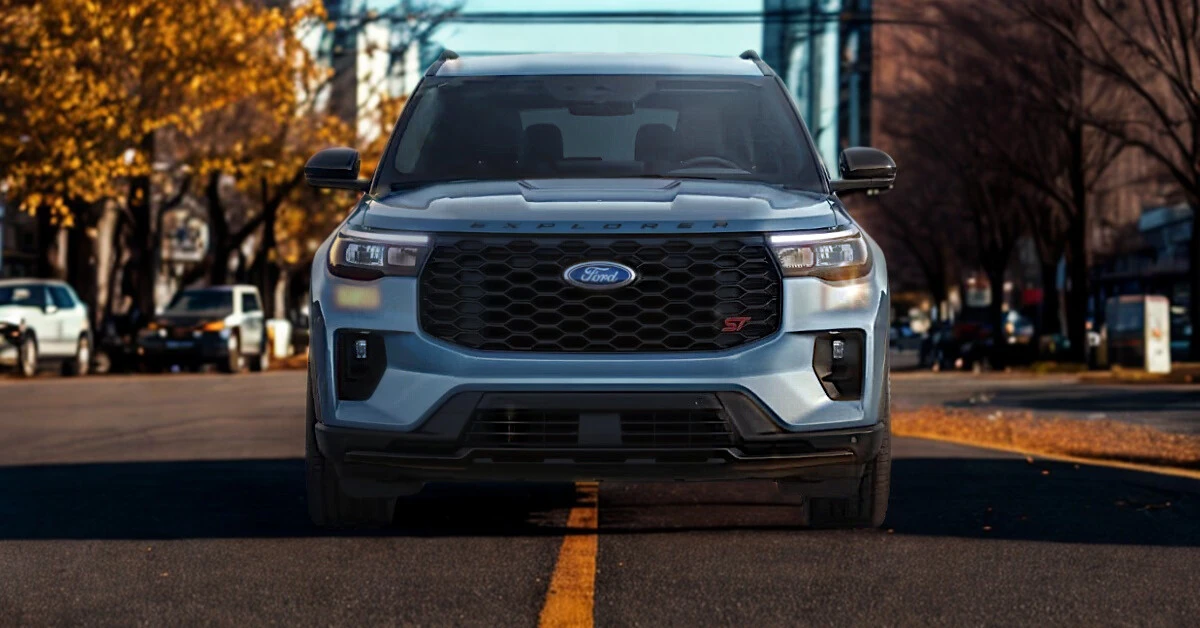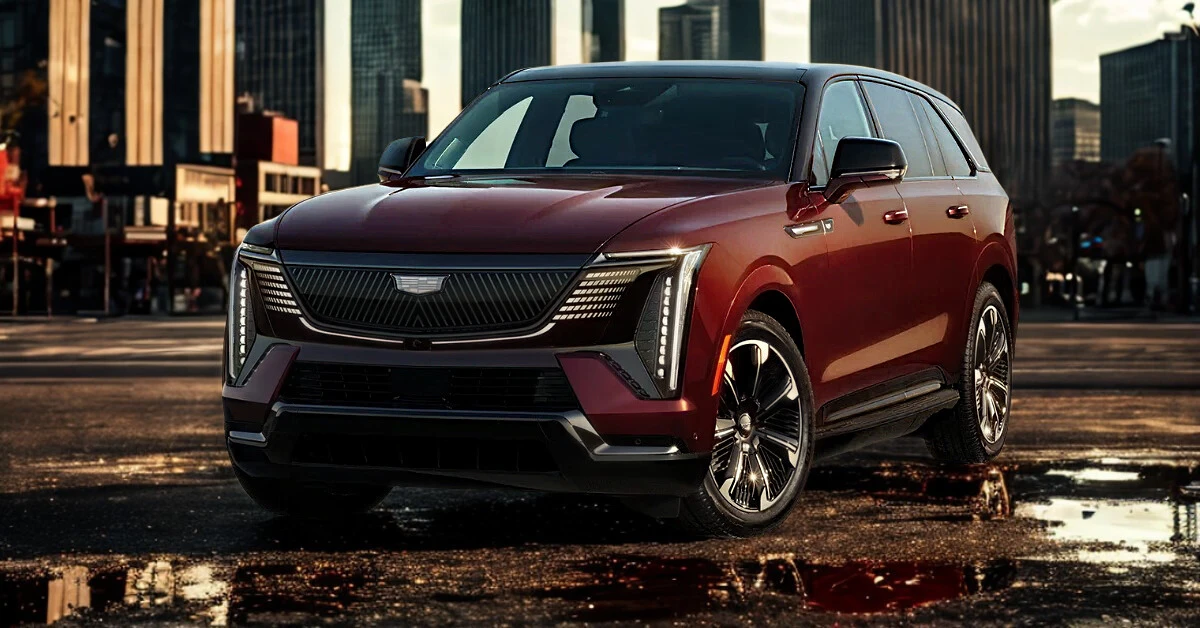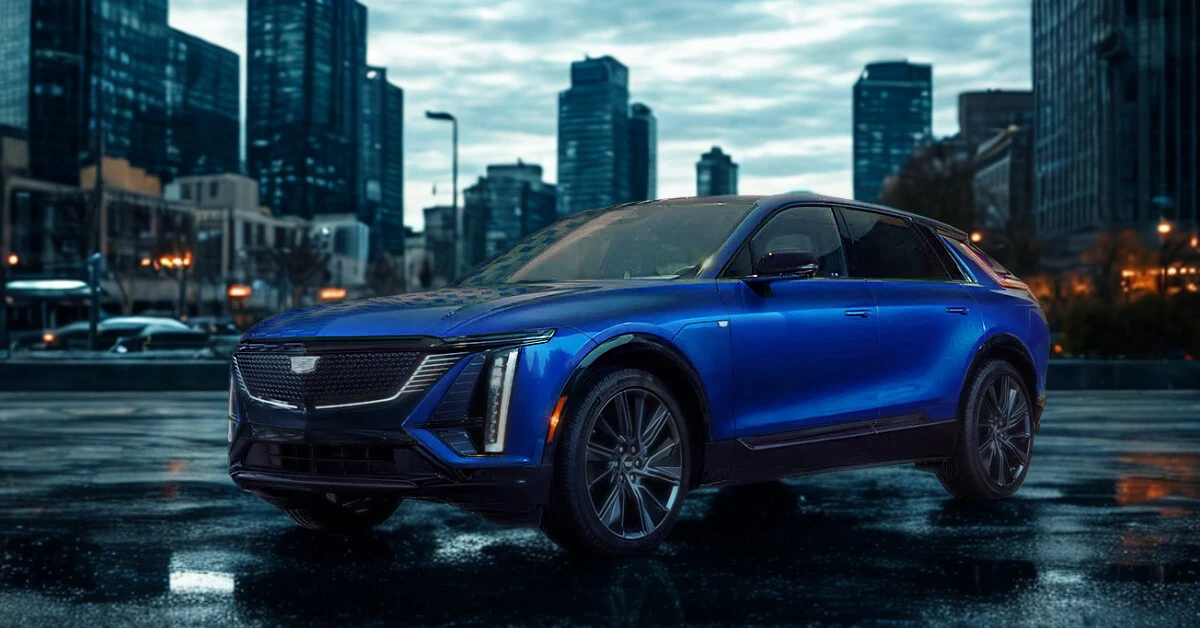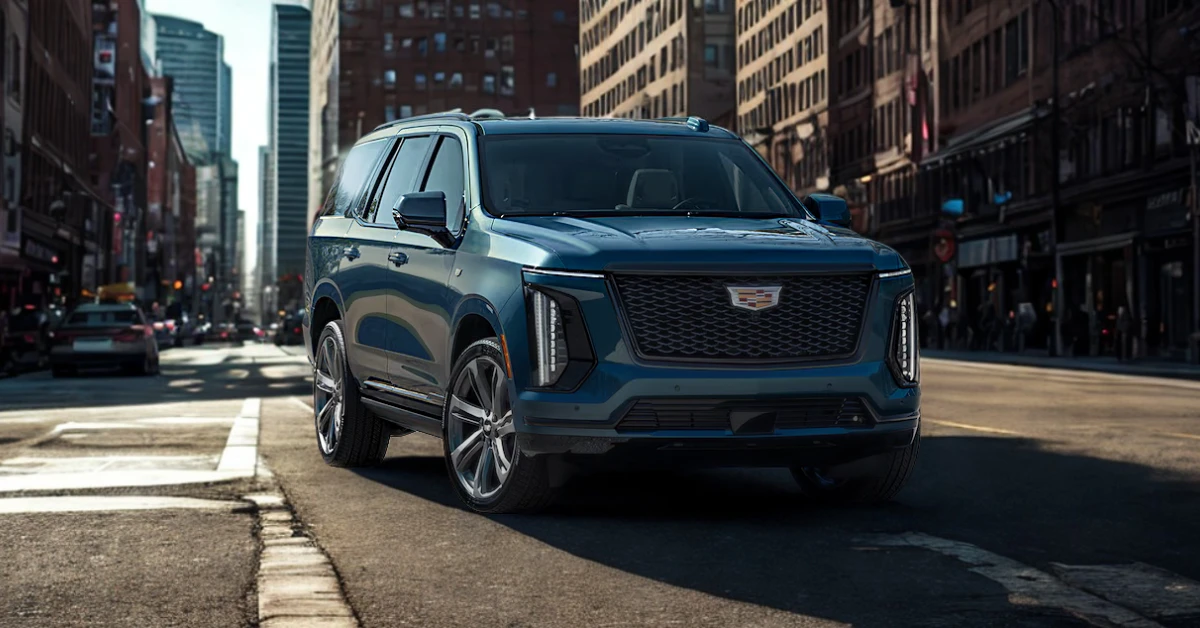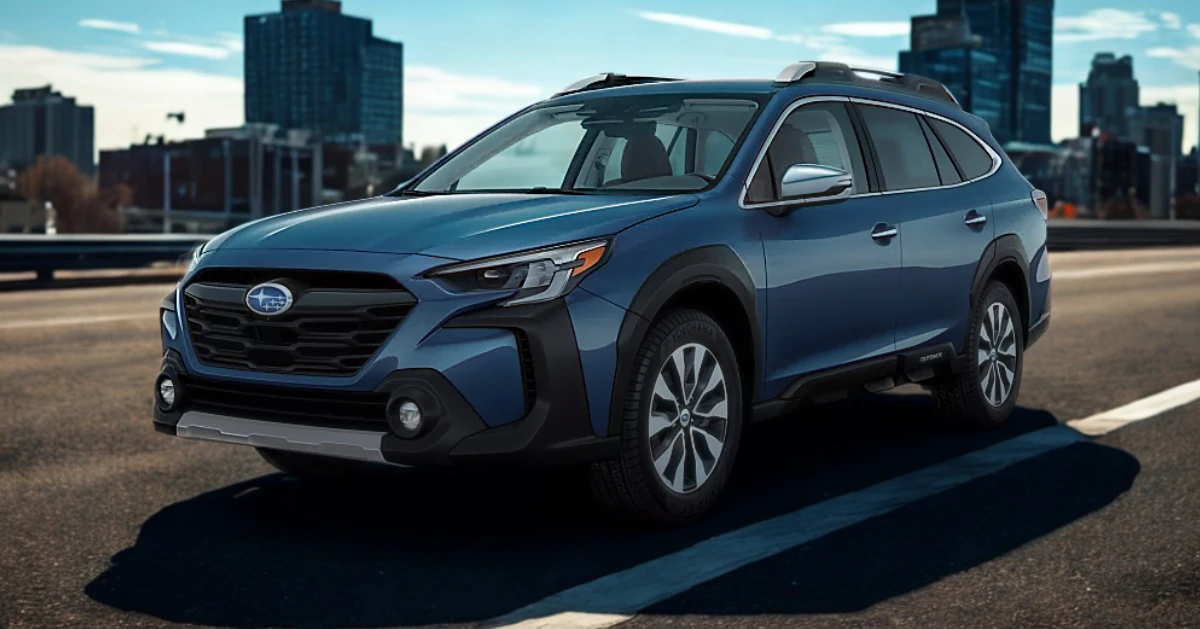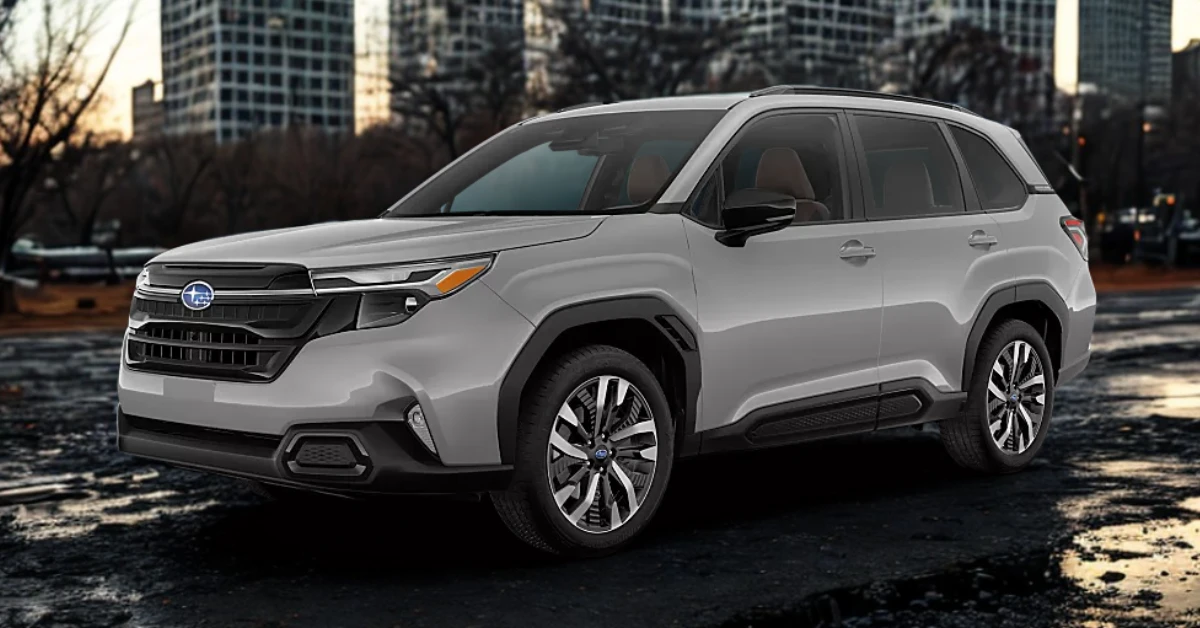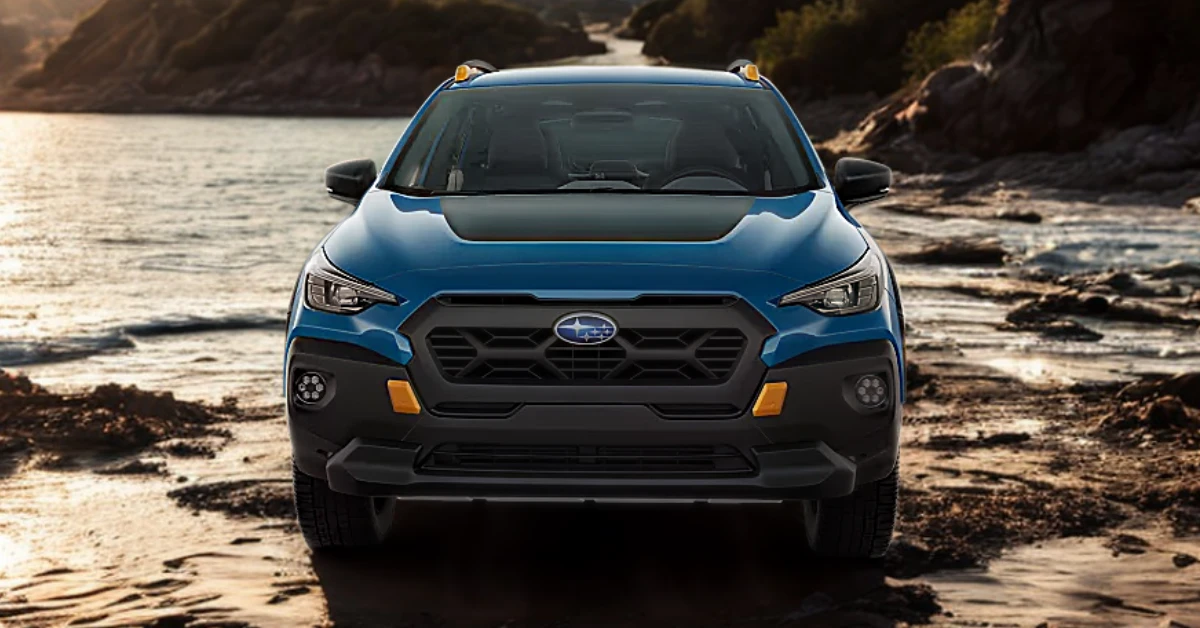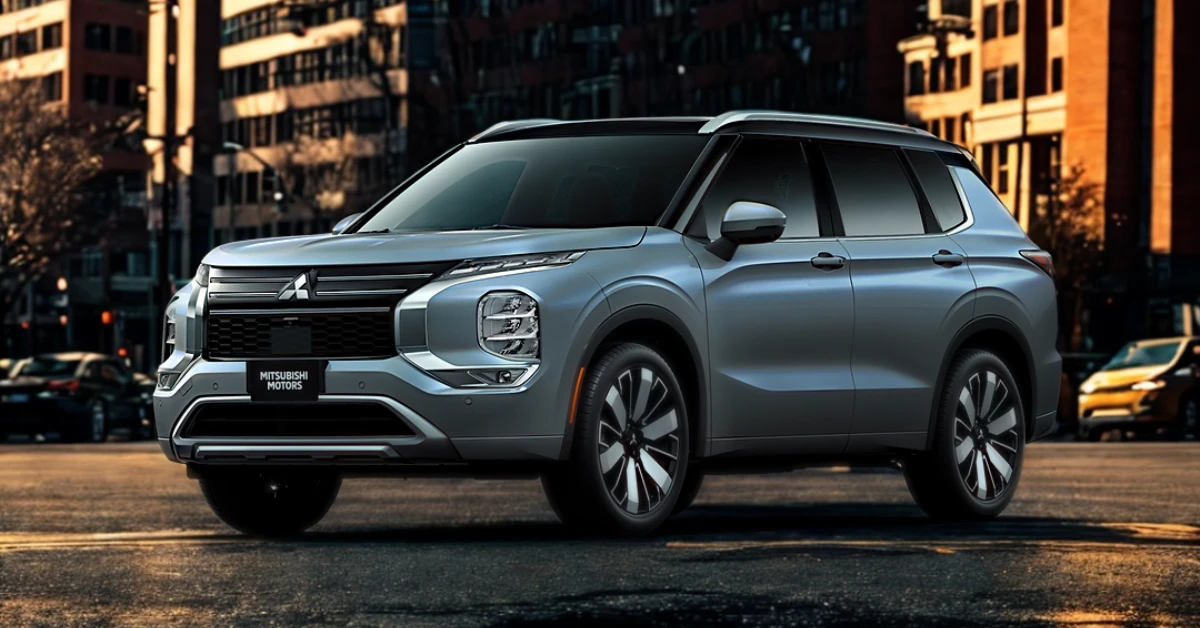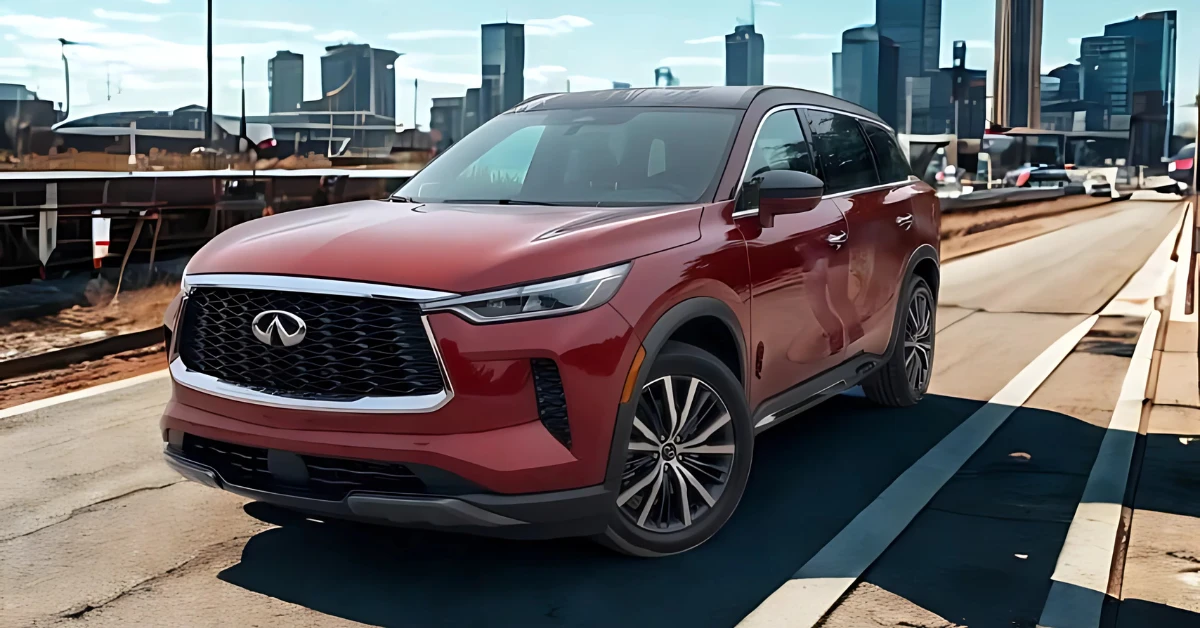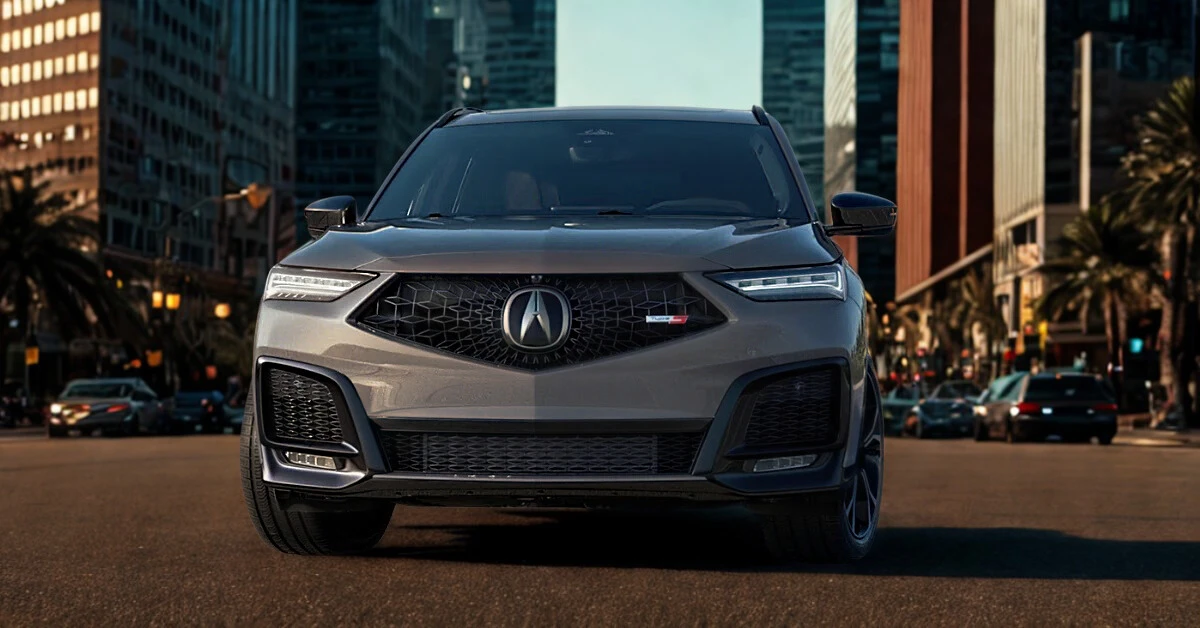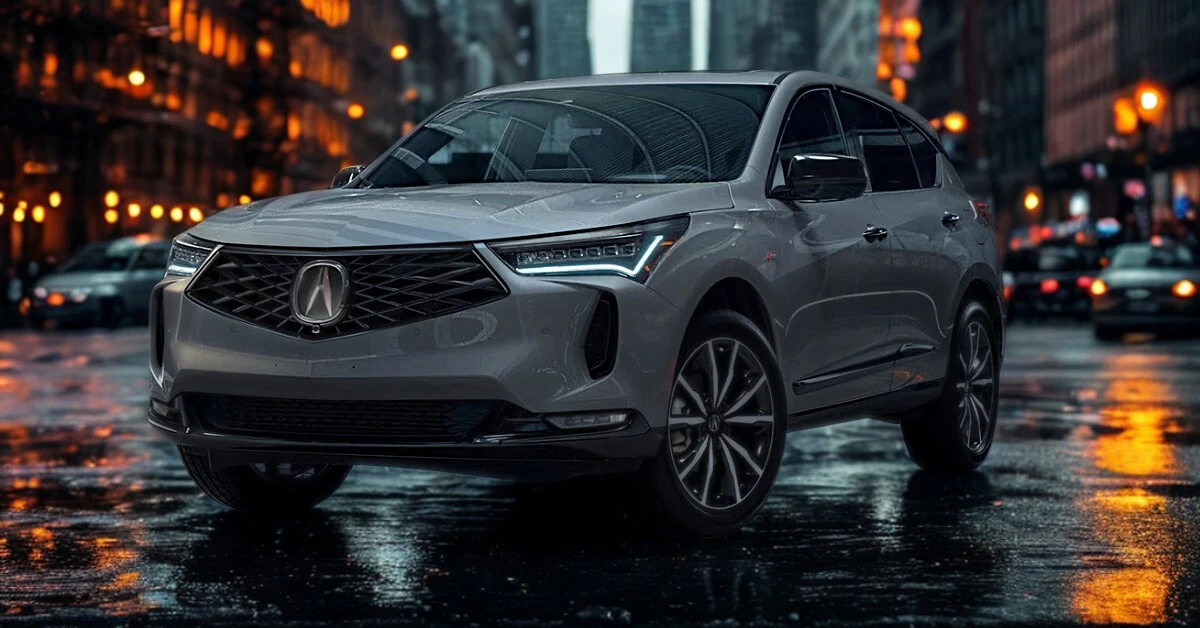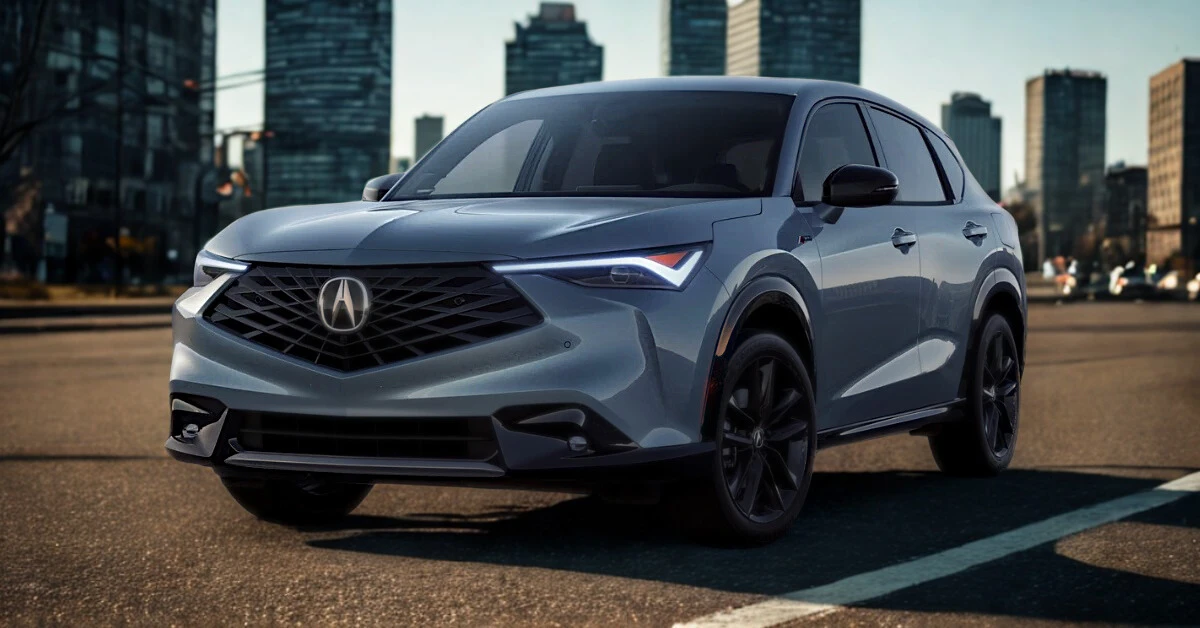2025 Honda CR-V Hybrid Specifications
- POWERTRAINS
- TRIMS
- COLORS
- DIMENSIONS
| Specification | CR-V Hybrid Sport FWD | CR-V Hybrid Sport AWD | CR-V Hybrid Sport-L FWD | CR-V Hybrid Sport-L AWD | CR-V Hybrid Sport Touring AWD |
|---|---|---|---|---|---|
| Base Price | $36,045 | $37,545 | $39,045 | $40,545 | $42,495 |
| Engine Type | Gas/Electric I-4 | Gas/Electric I-4 | Gas/Electric I-4 | Gas/Electric I-4 | Gas/Electric I-4 |
| Displacement | 2.0L/122 cu. in. | 2.0L/122 cu. in. | 2.0L/122 cu. in. | 2.0L/122 cu. in. | 2.0L/122 cu. in. |
| Fuel System | Gasoline Direct Injection | Gasoline Direct Injection | Gasoline Direct Injection | Gasoline Direct Injection | Gasoline Direct Injection |
| Horsepower | 204 @ 6100 rpm | 204 @ 6100 rpm | 204 @ 6100 rpm | 204 @ 6100 rpm | 204 @ 6100 rpm |
| Torque | 138 lb-ft @ 4500 rpm | 138 lb-ft @ 4500 rpm | 138 lb-ft @ 4500 rpm | 138 lb-ft @ 4500 rpm | 138 lb-ft @ 4500 rpm |
| Transmission | CVT w/OD | CVT w/OD | CVT w/OD | CVT w/OD | CVT w/OD |
| Number of Speeds | 1 | 1 | 1 | 1 | 1 |
| Drive Type | Front-Wheel Drive | All-Wheel Drive | Front-Wheel Drive | All-Wheel Drive | All-Wheel Drive |
| Fuel Economy (city/hwy/combined) | 43/36/40 mpg (Est) | 40/34/37 mpg (Est) | 43/36/40 mpg (Est) | 40/34/37 mpg (Est) | 40/34/37 mpg (Est) |
| Fuel Tank Capacity | 14.0 gal. | 14.0 gal. | 14.0 gal. | 14.0 gal. | 14.0 gal. |
| Range (city/hwy) | 602/504 miles | 560/476 miles | 602/504 miles | 560/476 miles | 560/476 miles |
| CO₂ Emissions (15K mi/year) | 4.4 tons (Est) | 4.8 tons (Est) | 4.4 tons (Est) | 4.8 tons (Est) | 4.8 tons (Est) |
| EPA Greenhouse Gas Score | 7.0 (Est) | 7.0 (Est) | 7.0 (Est) | 7.0 (Est) | 7.0 (Est) |
| Max Towing Capacity | 1,000 lbs | 1,000 lbs | 1,000 lbs | 1,000 lbs | 1,000 lbs |
| Curb Weight | 3,752 lbs | 3,869 lbs | 3,777 lbs | 3,893 lbs | 3,926 lbs |
| Suspension Type (F/R) | Strut / Multi-Link | Strut / Multi-Link | Strut / Multi-Link | Strut / Multi-Link | Strut / Multi-Link |
| Drive Modes | Sport, Normal, Econ, Snow | Sport, Normal, Econ, Snow | Sport, Normal, Econ, Snow | Sport, Normal, Econ, Snow | Sport, Normal, Econ, Snow |
| Battery Type | Lithium-Ion | Lithium-Ion | Lithium-Ion | Lithium-Ion | Lithium-Ion |
| Warranty (Basic) | 3 Years / 36,000 Miles | 3 Years / 36,000 Miles | 3 Years / 36,000 Miles | 3 Years / 36,000 Miles | 3 Years / 36,000 Miles |
| Warranty (Powertrain) | 5 Years / 60,000 Miles | 5 Years / 60,000 Miles | 5 Years / 60,000 Miles | 5 Years / 60,000 Miles | 5 Years / 60,000 Miles |
| Warranty (Hybrid Components) | 8 Years / 100,000 Miles | 8 Years / 100,000 Miles | 8 Years / 100,000 Miles | 8 Years / 100,000 Miles | 8 Years / 100,000 Miles |
Interior Features
| Feature | CR-V Hybrid Sport FWD | CR-V Hybrid Sport AWD | CR-V Hybrid Sport-L FWD | CR-V Hybrid Sport-L AWD | CR-V Hybrid Sport Touring AWD |
|---|---|---|---|---|---|
| Seating Capacity | 5 | 5 | 5 | 5 | 5 |
| Seating Material | Cloth | Cloth | Leather | Leather | Leather |
| Front Seats | Heated, Power | Heated, Power | Heated, Power | Heated, Power | Heated, Power |
| Driver’s Seat | 10-way Power w/Lumbar | 10-way Power w/Lumbar | 10-way Power w/Lumbar & Memory | 10-way Power w/Lumbar & Memory | 10-way Power w/Lumbar & Memory |
| Passenger Seat | Manual Height Adjustment | Manual Height Adjustment | 4-way Power | 4-way Power | 4-way Power |
| Rear Seats | 60-40 Split-Bench | 60-40 Split-Bench | 60-40 Split-Bench | 60-40 Split-Bench | 60-40 Split-Bench |
| Steering Wheel | Leather | Leather | Leather | Leather | Heated Leather |
| Climate Control | Dual Zone Automatic | Dual Zone Automatic | Dual Zone Automatic | Dual Zone Automatic | Dual Zone Automatic |
| Rear HVAC | Underseat Ducts | Underseat Ducts | Underseat Ducts | Underseat Ducts | Underseat Ducts |
| Interior Trim | Piano Black/Metal-Look | Piano Black/Metal-Look | Piano Black/Metal-Look | Piano Black/Metal-Look | Piano Black/Metal-Look |
Technology
| Feature | CR-V Hybrid Sport FWD | CR-V Hybrid Sport AWD | CR-V Hybrid Sport-L FWD | CR-V Hybrid Sport-L AWD | CR-V Hybrid Sport Touring AWD |
|---|---|---|---|---|---|
| Touchscreen | 7″ Color | 7″ Color | 9″ Color | 9″ Color | 9″ Color |
| Audio System | 240-Watt AM/FM (6 speakers) | 240-Watt AM/FM (6 speakers) | 320-Watt AM/FM/HD/SiriusXM (8 speakers) | 320-Watt AM/FM/HD/SiriusXM (8 speakers) | Bose Premium w/Navigation (12 speakers) |
| Apple CarPlay/Android Auto | Standard | Standard | Wireless | Wireless | Wireless |
| Voice Recognition | Standard | Standard | Standard | Standard | Standard |
| Navigation | Not Standard | Not Standard | Not Standard | Not Standard | Standard w/Real-Time Traffic |
| Wi-Fi Hotspot | Not Standard | Not Standard | Not Standard | Not Standard | Standard |
| Bluetooth | Standard | Standard | Standard | Standard | Standard |
| USB Ports | Standard | Standard | Standard | Standard | Standard |
| Digital Instrument Cluster | Standard | Standard | Standard | Standard | Standard |
Safety & Driver Assistance
| Feature | CR-V Hybrid Sport FWD | CR-V Hybrid Sport AWD | CR-V Hybrid Sport-L FWD | CR-V Hybrid Sport-L AWD | CR-V Hybrid Sport Touring AWD |
|---|---|---|---|---|---|
| Adaptive Cruise Control | With Traffic Stop-Go | With Traffic Stop-Go | With Traffic Stop-Go | With Traffic Stop-Go | With Traffic Stop-Go |
| Collision Mitigation Braking | Standard | Standard | Standard | Standard | Standard |
| Forward Collision Warning | Standard | Standard | Standard | Standard | Standard |
| Lane Keeping Assist | Standard | Standard | Standard | Standard | Standard |
| Road Departure Mitigation | Standard | Standard | Standard | Standard | Standard |
| Lane Departure Warning | Standard | Standard | Standard | Standard | Standard |
| Blind Spot Information | Standard | Standard | Standard | Standard | Standard |
| Rear Cross Traffic Monitor | Standard | Standard | Standard | Standard | Standard |
| Low-Speed Braking Control | Standard | Standard | Standard | Standard | Standard |
| Driver Monitoring Alert | Standard | Standard | Standard | Standard | Standard |
| Front Parking Sensors | Not Standard | Not Standard | Standard | Standard | Standard |
| Rear Parking Sensors | Not Standard | Not Standard | Standard | Standard | Standard |
| Back-Up Camera | Standard | Standard | Standard | Standard | Standard |
| Airbags | Front, Side, Knee, Curtain | Front, Side, Knee, Curtain | Front, Side, Knee, Curtain | Front, Side, Knee, Curtain | Front, Side, Knee, Curtain |
Exterior Features
| Feature | CR-V Hybrid Sport FWD | CR-V Hybrid Sport AWD | CR-V Hybrid Sport-L FWD | CR-V Hybrid Sport-L AWD | CR-V Hybrid Sport Touring AWD |
|---|---|---|---|---|---|
| Sunroof | Express Open/Close Sliding & Tilting | Express Open/Close Sliding & Tilting | Express Open/Close Sliding & Tilting | Express Open/Close Sliding & Tilting | Express Open/Close Sliding & Tilting |
| Power Liftgate | Manual | Manual | Power | Power | Power |
| Side Mirrors | Black, Power, Heated w/Turn Signals | Black, Power, Heated w/Turn Signals | Black, Power, Heated w/Turn Signals | Black, Power, Heated w/Turn Signals | Black, Power, Heated w/Turn Signals |
| LED Headlights | Auto On/Off | Auto On/Off | Auto On/Off | Auto On/Off | Auto On/Off |
| Auto High-Beam | Standard | Standard | Standard | Standard | Standard |
| LED Daytime Running Lights | Standard | Standard | Standard | Standard | Standard |
| LED Brakelights | Standard | Standard | Standard | Standard | Standard |
| Wipers | Speed Sensitive Variable Intermittent | Speed Sensitive Variable Intermittent | Speed Sensitive Variable Intermittent | Speed Sensitive Variable Intermittent | Speed Sensitive Rain Detecting |
| Rear Wiper | Fixed w/Heated Wiper Park | Fixed w/Heated Wiper Park | Fixed w/Heated Wiper Park | Fixed w/Heated Wiper Park | Fixed w/Heated Wiper Park |
| Body Color | Body-Colored Front & Black Rear Bumper | Body-Colored Front & Black Rear Bumper | Body-Colored Front & Black Rear Bumper | Body-Colored Front & Black Rear Bumper | Body-Colored Front & Black Rear Bumper |
| Window Trim | Chrome | Chrome | Chrome | Chrome | Chrome |
| Grille | Black | Black | Black | Black | Black |
| Bodyside Cladding | Black | Black | Black | Black | Black |
Suspension & Chassis
| Feature | CR-V Hybrid Sport FWD | CR-V Hybrid Sport AWD | CR-V Hybrid Sport-L FWD | CR-V Hybrid Sport-L AWD | CR-V Hybrid Sport Touring AWD |
|---|---|---|---|---|---|
| Front Suspension | Strut | Strut | Strut | Strut | Strut |
| Rear Suspension | Multi-Link | Multi-Link | Multi-Link | Multi-Link | Multi-Link |
| Shock Absorbers | Gas-Pressurized | Gas-Pressurized | Gas-Pressurized | Gas-Pressurized | Gas-Pressurized |
| Front Anti-Roll Bar | Standard | Standard | Standard | Standard | Standard |
| Rear Anti-Roll Bar | Standard | Standard | Standard | Standard | Standard |
| Steering Type | Rack-Pinion | Rack-Pinion | Rack-Pinion | Rack-Pinion | Rack-Pinion |
| Steering Assist | Electric Power-Assist Speed-Sensing | Electric Power-Assist Speed-Sensing | Electric Power-Assist Speed-Sensing | Electric Power-Assist Speed-Sensing | Electric Power-Assist Speed-Sensing |
| Turning Diameter (curb to curb) | 37.3 ft | 37.3 ft | 37.3 ft | 37.3 ft | 37.3 ft |
Off-Road Capability
| Feature | CR-V Hybrid Sport FWD | CR-V Hybrid Sport AWD | CR-V Hybrid Sport-L FWD | CR-V Hybrid Sport-L AWD | CR-V Hybrid Sport Touring AWD |
|---|---|---|---|---|---|
| All-Wheel Drive Type | Not Available | Full-Time | Not Available | Full-Time | Full-Time |
| Permanent Locking Hubs | Not Available | Standard | Not Available | Standard | Standard |
| Snow Mode | Standard | Standard | Standard | Standard | Standard |
| Hill Descent Control | Standard | Standard | Standard | Standard | Standard |
Wheels & Tires
| Feature | CR-V Hybrid Sport FWD | CR-V Hybrid Sport AWD | CR-V Hybrid Sport-L FWD | CR-V Hybrid Sport-L AWD | CR-V Hybrid Sport Touring AWD |
|---|---|---|---|---|---|
| Front Wheel Size | 18 x 7.5 in. | 18 x 7.5 in. | 18 x 7.5 in. | 18 x 7.5 in. | 19 x 7.5 in. |
| Rear Wheel Size | 18 x 7.5 in. | 18 x 7.5 in. | 18 x 7.5 in. | 18 x 7.5 in. | 19 x 7.5 in. |
| Wheel Material | Aluminum | Aluminum | Aluminum | Aluminum | Aluminum |
| Wheel Finish | Berlina Black Alloy | Berlina Black Alloy | Berlina Black Alloy | Berlina Black Alloy | Berlina Black Alloy |
| Front Tire Size | P235/60HR18 | P235/60HR18 | P235/60HR18 | P235/60HR18 | P235/55HR19 |
| Rear Tire Size | P235/60HR18 | P235/60HR18 | P235/60HR18 | P235/60HR18 | P235/55HR19 |
| Spare Tire Type | Tire Mobility Kit | Tire Mobility Kit | Tire Mobility Kit | Tire Mobility Kit | Tire Mobility Kit |
Cargo Capacity
| Feature | CR-V Hybrid Sport FWD | CR-V Hybrid Sport AWD | CR-V Hybrid Sport-L FWD | CR-V Hybrid Sport-L AWD | CR-V Hybrid Sport Touring AWD |
|---|---|---|---|---|---|
| Cargo Space Behind 2nd Row | 39.3 cu. ft. | 39.3 cu. ft. | 39.3 cu. ft. | 39.3 cu. ft. | 34.7 cu. ft. |
| Cargo Space Behind 1st Row | 76.5 cu. ft. | 76.5 cu. ft. | 76.5 cu. ft. | 76.5 cu. ft. | 76.5 cu. ft. |
| Total Passenger Volume | 103.5 cu. ft. | 103.5 cu. ft. | 103.5 cu. ft. | 103.5 cu. ft. | 103.5 cu. ft. |
Convenience Features
| Feature | CR-V Hybrid Sport FWD | CR-V Hybrid Sport AWD | CR-V Hybrid Sport-L FWD | CR-V Hybrid Sport-L AWD | CR-V Hybrid Sport Touring AWD |
|---|---|---|---|---|---|
| Remote Start | Standard | Standard | Standard | Standard | Standard |
| Proximity Key Entry | Standard | Standard | Standard | Standard | Standard |
| Push Button Start | Standard | Standard | Standard | Standard | Standard |
| Power Windows | Driver 1-Touch Up/Down | Driver 1-Touch Up/Down | Front & Rear 1-Touch Up/Down | Front & Rear 1-Touch Up/Down | Front & Rear 1-Touch Up/Down |
| Auto-Dimming Rearview Mirror | Not Standard | Not Standard | Standard | Standard | Standard |
| 12V Power Outlets | 2 | 2 | 2 | 2 | 2 |
| Memory Settings | Not Standard | Not Standard | Driver Seat | Driver Seat | Driver Seat |
| Traffic Jam Assist | Standard | Standard | Standard | Standard | Standard |
Brakes
| Feature | CR-V Hybrid Sport FWD | CR-V Hybrid Sport AWD | CR-V Hybrid Sport-L FWD | CR-V Hybrid Sport-L AWD | CR-V Hybrid Sport Touring AWD |
|---|---|---|---|---|---|
| Brake Type | 4-Wheel Disc | 4-Wheel Disc | 4-Wheel Disc | 4-Wheel Disc | 4-Wheel Disc |
| Anti-Lock Braking System | 4-Wheel | 4-Wheel | 4-Wheel | 4-Wheel | 4-Wheel |
| Front Brake Rotors | 12.3 in. | 12.3 in. | 12.3 in. | 12.3 in. | 12.3 in. |
| Rear Brake Rotors | 12.2 in. | 12.2 in. | 12.2 in. | 12.2 in. | 12.2 in. |
| Brake Assist | Standard | Standard | Standard | Standard | Standard |
| Hill Descent Control | Standard | Standard | Standard | Standard | Standard |
| Hill Hold Control | Standard | Standard | Standard | Standard | Standard |
| Electric Parking Brake | Standard | Standard | Standard | Standard | Standard |
| Regenerative Braking | Standard | Standard | Standard | Standard | Standard |
Warranty & Coverage
| Feature | CR-V Hybrid Sport FWD | CR-V Hybrid Sport AWD | CR-V Hybrid Sport-L FWD | CR-V Hybrid Sport-L AWD | CR-V Hybrid Sport Touring AWD |
|---|---|---|---|---|---|
| Basic Warranty | 3 years/36,000 miles | 3 years/36,000 miles | 3 years/36,000 miles | 3 years/36,000 miles | 3 years/36,000 miles |
| Powertrain Warranty | 5 years/60,000 miles | 5 years/60,000 miles | 5 years/60,000 miles | 5 years/60,000 miles | 5 years/60,000 miles |
| Hybrid Components Warranty | 8 years/100,000 miles | 8 years/100,000 miles | 8 years/100,000 miles | 8 years/100,000 miles | 8 years/100,000 miles |
| Corrosion Warranty | 5 years/Unlimited miles | 5 years/Unlimited miles | 5 years/Unlimited miles | 5 years/Unlimited miles | 5 years/Unlimited miles |
| Roadside Assistance | 3 years/36,000 miles | 3 years/36,000 miles | 3 years/36,000 miles | 3 years/36,000 miles | 3 years/36,000 miles |
| Maintenance | 1 year/12,000 miles | 1 year/12,000 miles | 1 year/12,000 miles | 1 year/12,000 miles | 1 year/12,000 miles |








Exterior Dimensions
| Dimension | CR-V Hybrid Sport FWD | CR-V Hybrid Sport AWD | CR-V Hybrid Sport-L FWD | CR-V Hybrid Sport-L AWD | CR-V Hybrid Sport Touring AWD |
|---|---|---|---|---|---|
| Base Price | $36,045 | $37,545 | $39,045 | $40,545 | $42,495 |
| Wheelbase | 106.3 in | 106.3 in | 106.3 in | 106.3 in | 106.3 in |
| Overall Length | 184.8 in | 184.8 in | 184.8 in | 184.8 in | 184.8 in |
| Overall Width (without mirrors) | 73.5 in | 73.5 in | 73.5 in | 73.5 in | 73.5 in |
| Overall Height | 66.2 in | 66.5 in | 66.2 in | 66.5 in | 66.5 in |
| Front Track Width | 63.4 in | 63.3 in | 63.4 in | 63.3 in | 63.3 in |
| Rear Track Width | 64.1 in | 63.9 in | 64.1 in | 63.9 in | 63.9 in |
| Minimum Ground Clearance | Not Available | Not Available | Not Available | Not Available | Not Available |
| Turning Diameter (curb to curb) | 37.3 ft | 37.3 ft | 37.3 ft | 37.3 ft | 37.3 ft |
Interior Dimensions
| Dimension | CR-V Hybrid Sport FWD | CR-V Hybrid Sport AWD | CR-V Hybrid Sport-L FWD | CR-V Hybrid Sport-L AWD | CR-V Hybrid Sport Touring AWD |
|---|---|---|---|---|---|
| Passenger Capacity | 5 | 5 | 5 | 5 | 5 |
| Total Passenger Volume | 103.5 cu ft | 103.5 cu ft | 103.5 cu ft | 103.5 cu ft | 103.5 cu ft |
| Front Head Room | 38.2 in | 38.2 in | 38.2 in | 38.2 in | 38.2 in |
| Front Leg Room | 41.3 in | 41.3 in | 41.3 in | 41.3 in | 41.3 in |
| Front Shoulder Room | 57.9 in | 57.9 in | 57.9 in | 57.9 in | 57.9 in |
| Front Hip Room | 55.6 in | 55.6 in | 55.6 in | 55.6 in | 55.6 in |
| Second Row Head Room | 38.2 in | 38.2 in | 38.2 in | 38.2 in | 38.2 in |
| Second Row Leg Room | 41.0 in | 41.0 in | 41.0 in | 41.0 in | 41.0 in |
| Second Row Shoulder Room | 55.9 in | 55.9 in | 55.9 in | 55.9 in | 55.9 in |
| Second Row Hip Room | 52.6 in | 52.6 in | 52.6 in | 52.6 in | 52.6 in |
Cargo Dimensions
| Dimension | CR-V Hybrid Sport FWD | CR-V Hybrid Sport AWD | CR-V Hybrid Sport-L FWD | CR-V Hybrid Sport-L AWD | CR-V Hybrid Sport Touring AWD |
|---|---|---|---|---|---|
| Cargo Space Behind Second Row | 39.3 cu ft | 39.3 cu ft | 39.3 cu ft | 39.3 cu ft | 34.7 cu ft |
| Cargo Space Behind First Row | 76.5 cu ft | 76.5 cu ft | 76.5 cu ft | 76.5 cu ft | 76.5 cu ft |
Weight & Capacity
| Dimension | CR-V Hybrid Sport FWD | CR-V Hybrid Sport AWD | CR-V Hybrid Sport-L FWD | CR-V Hybrid Sport-L AWD | CR-V Hybrid Sport Touring AWD |
|---|---|---|---|---|---|
| Base Curb Weight | 3,752 lbs | 3,869 lbs | 3,777 lbs | 3,893 lbs | 3,926 lbs |
| Maximum Payload Capacity | Not Available | Not Available | Not Available | Not Available | Not Available |
| Fuel Tank Capacity | 14.0 gal | 14.0 gal | 14.0 gal | 14.0 gal | 14.0 gal |
| Maximum Towing Capacity | 1,000 lbs | 1,000 lbs | 1,000 lbs | 1,000 lbs | 1,000 lbs |
| Maximum Tongue Weight | 100 lbs | 100 lbs | 100 lbs | 100 lbs | 100 lbs |
Wheels & Tires
| Dimension | CR-V Hybrid Sport FWD | CR-V Hybrid Sport AWD | CR-V Hybrid Sport-L FWD | CR-V Hybrid Sport-L AWD | CR-V Hybrid Sport Touring AWD |
|---|---|---|---|---|---|
| Front Wheel Size | 18 x 7.5 in | 18 x 7.5 in | 18 x 7.5 in | 18 x 7.5 in | 19 x 7.5 in |
| Rear Wheel Size | 18 x 7.5 in | 18 x 7.5 in | 18 x 7.5 in | 18 x 7.5 in | 19 x 7.5 in |
| Front Tire Size | P235/60HR18 | P235/60HR18 | P235/60HR18 | P235/60HR18 | P235/55HR19 |
| Rear Tire Size | P235/60HR18 | P235/60HR18 | P235/60HR18 | P235/60HR18 | P235/55HR19 |
| Spare Tire | Tire Mobility Kit | Tire Mobility Kit | Tire Mobility Kit | Tire Mobility Kit | Tire Mobility Kit |
Turning & Maneuverability
| Dimension | CR-V Hybrid Sport FWD | CR-V Hybrid Sport AWD | CR-V Hybrid Sport-L FWD | CR-V Hybrid Sport-L AWD | CR-V Hybrid Sport Touring AWD |
|---|---|---|---|---|---|
| Turning Diameter (curb to curb) | 37.3 ft | 37.3 ft | 37.3 ft | 37.3 ft | 37.3 ft |
2025 Honda CR-V Hybrid Overview:
So, the 2025 Honda CR-V Hybrid is really making waves in the compact SUV world, huh? It’s building on Honda’s well-earned reputation for being reliable, practical, and efficient. And wow, it’s one of the top sellers in the U.S. — nearly 362,000 units flew off the lot in 2023, which is a huge jump from 2022! Clearly, this vehicle is a go-to for families looking for something versatile and fuel-efficient. For this year, Honda seems to be sticking with the winning formula from the sixth generation, so don’t expect any major shake-ups here.
When it comes to options, the CR-V Hybrid comes in three different trim levels, all with “Sport” in the name: you’ve got your entry-level Sport, the mid-tier Sport L, and the fully-loaded Sport Touring. It’s kind of clever if you think about it. By using “Sport,” Honda is positioning these hybrids as the more upscale and dynamic choices in their lineup. Just a heads-up though, if you’re eyeing the LX, EX, or EX-L trims, those come with the standard 1.5L turbocharged engine instead of the hybrid system.
In a marketplace that’s getting more crowded by the day with hybrid compact SUVs, the CR-V Hybrid has some stiff competition. The Toyota RAV4 Hybrid is its biggest rival and the sales champ of the segment. Sure, it offers slightly better fuel economy, but if you’re looking for space, the CR-V might be the better pick. Then there’s the Mazda CX-50 Hybrid, which is fun to drive but gives up a bit of practicality. Don’t forget about the Korean contenders—the Kia Sportage Hybrid and Hyundai Tucson Hybrid—both are loaded with features and have unique designs, but they just don’t quite reach the level of refinement or reliability that the CR-V has established over the years.
What makes the CR-V Hybrid stand out is its well-roundedness. Instead of being the best in just one area, it performs solidly across the board, which is what compact SUV buyers really care about. The interior? Super spacious and designed thoughtfully, it offers plenty of room for passengers and cargo. Plus, the hybrid powertrain? It gives you a great mix of power and efficiency, hitting up to 40 mpg combined for the front-wheel-drive models. And you know, the driving experience strikes a nice balance—comfortable yet engaging—with a solid feel throughout.
Now, here’s something important for those considering a purchase: the CR-V Hybrid benefits from Honda’s solid rep for making vehicles that keep their value and reliability over the years. This is huge when you think about investing in a family car for the long haul. Honda ranks third overall in reliability according to some industry data, but they’re number one when it comes to five-year resale value, with cars retaining around 64.7% of their original MSRP after five years. That’s impressive!
As for pricing in 2025, the CR-V Hybrid starts at about $34,300 for the base Sport model with front-wheel drive, and it goes up to around $42,150 for the fully loaded Sport Touring with standard all-wheel drive. This puts it on par with the Toyota RAV4 Hybrid, but honestly, it feels like a better deal compared to some of the pricier options out there in the segment.
Engine Options and Performance Specs:
The 2025 Honda CR-V Hybrid boasts quite an impressive powertrain. It pairs a 2.0-liter naturally aspirated four-cylinder engine with two electric motors, delivering a combined output of 204 horsepower and 247 lb-ft of torque. That’s actually a boost of 14 horsepower compared to the standard CR-V’s 1.5-liter turbocharged engine, which cranks out 190 horsepower and 179 lb-ft of torque. You can feel that extra power—especially the torque—when you’re driving around town. It just makes for a way more responsive and confident experience behind the wheel.
Honda’s hybrid system – It’s unique, you know? Unlike the usual hybrid setups, this one acts more like an electric vehicle with a gas generator for most of your driving. The main traction motor pumps out 181 horsepower and sends all 247 lb-ft of torque straight to the wheels. The gas engine? Well, it mainly charges up the 1.1 kWh lithium-ion battery pack through a second motor-generator. When you’re cruising at highway speeds, there’s even a way to connect the gas engine directly to the front wheels for better efficiency. But, in city and suburban driving, it’s mostly the electric motor doing the heavy lifting.
Then there’s the transmission system. Honda calls it an “e-CVT,” but honestly, it’s different from the CVTs you might find in other cars. What you’ve got here is a direct-drive system with a two-stage lockup mechanism. No traditional gearbox with fixed gear ratios is in sight; instead, power generally goes straight from the electric motor to the wheels. To make things feel more familiar, Honda has this system that simulates gear shifts when you accelerate hard. But here’s the kicker: it actually takes a hit on performance. Some tests showed that if you disable those simulated shifts by using brake-torquing at launch, you could shave almost a full second off the 0-60 mph time.
Speaking of performance, the CR-V Hybrid’s numbers are pretty solid for its class. Independent tests show it can go from 0 to 60 mph in about 7.1 to 7.9 seconds, depending on conditions and how they’re tested. It might not win any races by today’s standards, but the instant torque from the electric motor makes it feel quite lively in everyday driving. You know, especially when you’re taking off or making those mid-range passes. The top speed? That’s capped at 111 mph, which is definitely way over legal limits for most places.
Now, let’s give some love to the all-wheel-drive system in the CR-V Hybrid. It’s different from what you’ll find in some rivals, like the Toyota RAV4 Hybrid. While Toyota goes for a separate electric motor to power the rear wheels (that’s the e-axle), Honda sticks with a classic mechanical AWD system that has a physical driveshaft linking to the rear axle. This setup does a great job providing steady power to all four wheels, especially in slippery conditions. On the flip side, it might lead to slightly lower fuel economy compared to Toyota’s electric AWD. If you want AWD, it’s a $1,500 option on the Sport and Sport L trims, but it’s standard on the Sport Touring.
Do you know what’s really cool about the CR-V Hybrid? Its powertrain is super refined. The switch between electric and gas power is so smooth that you hardly notice it while driving. There’s barely any vibration or noise. Plus, it’s got some neat features, like an EV indicator in the gauge cluster, letting you know when you’re running in pure electric mode—which is handy for those looking to drive more efficiently. And don’t forget about the adjustable regenerative braking with paddle shifters behind the steering wheel. This lets drivers amp up energy recovery when slowing down without even needing to touch the brake pedal.
Closer Look at the CR-V Hybrid Brakes:
The braking setup in the 2025 Honda CR-V Hybrid shows how Honda is merging traditional hydraulic braking with regenerative systems. It’s a smooth blend, honestly. Every model in the CR-V Hybrid lineup is fitted with four-wheel disc brakes—think 12.3-inch vented discs in the front and 12.2-inch solid discs in the back. This beefy braking hardware means you get solid stopping power, whether you’re in a panic stop or just cruising around town.
Now, what makes the CR-V Hybrid stand out from other vehicles in its class is how natural and progressive the brake pedal feels. A lot of hybrids tend to have this awkward transition between regenerative and friction braking that can make the pedal feel off, but Honda seems to have tackled that pretty well. You get a nice initial bite, and as you apply more pressure, it just feels smooth. This is especially important in city driving, where you’re hitting the brakes a lot—some hybrids can feel a bit too grabby or inconsistent, but not this one.
The regenerative braking system is actually pretty cool because it lets drivers customize their experience, which you don’t see in every hybrid out there. There are paddle shifters right behind the steering wheel, and you can tweak the level of regenerative braking with four different settings. When you crank it up to the max, you really feel the deceleration when you lift off the throttle. This not only helps with energy recovery but also makes driving a bit more interactive since you can feel like you’re part of the energy-saving process.
Also, there’s this handy “B” mode on the transmission selector. When you switch to this mode, it ramps up the regenerative braking effect, which is super helpful on long downhill stretches. You can keep a steady speed without constantly pressing the brakes. But, hey, unlike some electric cars, the CR-V Hybrid won’t bring you to a complete stop just by using regenerative braking—you’ll still have to hit the brake pedal for those last few miles per hour to zero.
Independent testing has shown the CR-V Hybrid’s brakes perform well, stopping from 70 mph to 0 in about 171 feet. So, it’s pretty much right in the middle of the compact SUV crowd—not the best, but definitely not bad either for what you’d expect in its class. Just a little note: if you’re looking at the Sport Touring model with the bigger 19-inch wheels, keep in mind that it might have a slightly different braking feel compared to the Sport and Sport L models, which come with 18-inch wheels.
Lastly, the CR-V Hybrid comes loaded with advanced brake-related safety features across all trims. There’s the collision mitigation braking that can kick in to stop you if it senses an impending crash, and the brake hold feature lets you take your foot off the brake pedal while you’re stuck in traffic or waiting at a light. The Sport Touring trim even has low-speed braking control that can spot obstacles when you’re parking and apply the brakes to help prevent accidents. All these features work together to boost safety and make everyday driving just a bit easier.
Steering and Suspension Performance on Various Terrains:

The 2025 Honda CR-V Hybrid shines with its well-crafted steering and suspension system, managing to find that sweet spot between comfort and handling finesse. You know, Honda has always aimed to make the CR-V one of the more fun rides in its category, and the hybrid version keeps that spirit alive, even with the added weight from its hybrid components. So, you end up with a vehicle that’s not just cozy for family trips but also surprisingly capable when the road starts to twist and turn.
When we dive into the suspension setup, the CR-V Hybrid uses a MacPherson strut design in the front and a multi-link independent system at the back. This kind of sophisticated setup lays a solid groundwork for both ride quality and how it handles. They’ve fine-tuned the springs, dampers, and anti-roll bars, which means it soaks up bumps nicely without feeling too bouncy or disconnected. Even on rough roads, the CR-V Hybrid keeps it cool, smoothing out harsh jolts while still letting the driver feel the road beneath them.
The steering system—it’s got an electrically assisted rack-and-pinion setup that adjusts its assistance based on how fast you’re going and what drive mode you’ve picked. In regular driving, you get a nice mix of support and feedback; it’s light when you’re parking and firms up as you speed up. Switch it to Sport mode, and whoa, you’ll notice a bit more weight in the steering, giving you a more connected feeling when you’re driving with some enthusiasm. The steering ratio is quick for a compact SUV, meaning you don’t have to work hard to change directions, which adds to the CR-V’s nimbleness. Okay, it might not have the same tactile feedback as sportier models like the Mazda CX-50, but it definitely engages you more than many others in its class.
Body control is another area where the CR-V Hybrid stands out compared to its rivals. Even though it has those practical SUV proportions and 8.1 inches of ground clearance (for the AWD models), it handles body roll quite well in corners. The suspension keeps things level during turns without getting too stiff, which could mess with the ride quality. This balanced approach makes the CR-V Hybrid feel stable and secure during quick maneuvers or when navigating winding roads, giving drivers confidence while still keeping passengers comfortable.
Now, if you’re eyeing the Sport Touring trim, which comes with larger 19-inch wheels instead of the 18-inch ones found on the Sport and Sport L, you’ll get a bit sharper handling. But, here’s the catch: it does sacrifice a smidge of ride comfort for that. The difference isn’t huge, but you’ll definitely feel it over things like railroad crossings or bumpy streets. For most folks, that slight bump in handling might not be worth the little drop in comfort, making the Sport and Sport L better picks for those who want a cushier ride over ultimate cornering prowess.
Also, every CR-V Hybrid is built on a sturdy chassis, which gives the suspension components a solid base from which to work. This strong structure helps the car feel stable on the road and cuts down on noise, vibration, and harshness (NVH) inside the cabin. In fact, independent tests have shown that cabin noise levels sit at a competitive 55.8 decibels when cruising at 55 mph, placing the CR-V Hybrid among the quieter options in its class and adding to that refined driving experience.
Tires and Traction:
The 2025 Honda CR-V Hybrid is really something, especially when you look at the tire options it comes with. They’ve picked out tires that match the car’s balanced driving feel and its ability to handle all kinds of weather. Depending on the trim, you’ve got different specs: the Sport and Sport L models are equipped with 235/60R18 all-season tires, while the fancier Sport Touring rolls on larger 235/55R19 tires. These sizes strike a solid balance between comfort while driving, how well it handles, and traction for all seasons.
Now, if you’re checking out the base Sport and the mid-tier Sport L trims, the 18-inch wheels and tires give you a nice mix of comfort and performance. Those 60-series tires have taller sidewalls, which is great because they absorb impacts better when you’re cruising over rough roads or dodging potholes. This makes the ride super comfy. Plus, they tend to keep things quieter inside the cabin, which is always a bonus. From what we’ve seen in tests, these models handle bumps better while still gripping the road well enough for daily drives.
On the other hand, the Sport Touring comes with 19-inch wheels that have lower-profile 55-series tires. So, you get a little more precision in handling and a quicker steering response. But, yeah, you do give up a bit in ride comfort. The less flexible sidewalls mean you can turn in more sharply and corner with a bit more stability—just remember that ride comfort might take a hit. Typically, you’ll find Michelin Primacy all-seasons or Continental CrossContact LX Sport tires on these models, which do a good job in both dry and wet conditions while keeping fuel efficiency in mind. By the way, the Sport Touring managed to score an impressive 0.85g during skidpad tests, which is pretty darn good for a hybrid crossover that’s mainly about efficiency.
All CR-V Hybrid models focus on being versatile with their tires. They’ve got compounds that work well in a bunch of different temperatures and conditions. The tread patterns are designed with enough siping for light snow, and they do a decent job with water evacuation, making them reliable in wet conditions. But if you live somewhere with harsh winters, you might want to think about getting dedicated winter tires for extra safety and traction.
Oh, and here’s something to keep in mind: the CR-V Hybrid doesn’t come with a spare tire. Instead, you’ll find a tire repair kit included as standard. This choice was made due to space issues caused by the hybrid battery placement. It’s a great way to save weight and room, but if you often find yourself in remote areas where help is hard to come by, this could be a concern. On the bright side, every trim includes a tire pressure monitoring system (TPMS) that alerts you if there’s a drop in pressure, which helps prevent blowouts and keeps your fuel efficiency in check.
Also, those tires are a big part of why the CR-V Hybrid has such impressive fuel economy ratings. Honda’s engineers picked out tires with low rolling resistance, which helps the car reach up to 40 mpg combined for front-wheel-drive models. Balancing low rolling resistance with enough grip is crucial for the CR-V Hybrid, and honestly, that’s something a lot of its competitors struggle to nail down. So, if efficiency and handling are high on your list, this one’s worth checking out!
Inside the CR-V Hybrid:

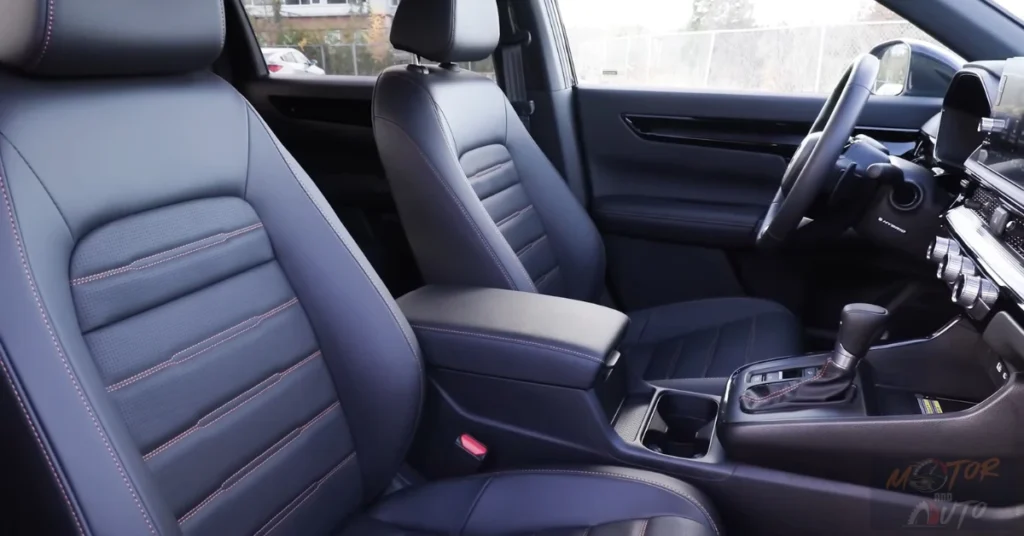


Stepping inside the 2025 Honda CR-V Hybrid, you’re greeted by a cabin that’s been carefully crafted to balance comfort and functionality. It’s designed with a keen eye for detail, ensuring that it doesn’t come across as bare or overly simple. Honda has leaned into a user-friendly vibe here, using quality materials in all the right places, which makes this interior feel like a step above what you might find in a lot of competing vehicles.
One of the standout features is this unique honeycomb-pattern metal mesh that stretches across the dashboard. It not only hides the air vents in a clever way but also adds some interesting texture to the space. First seen in the Civic, this design element has become a recognizable part of Honda’s aesthetic. It breaks up what could otherwise be a bit of a dull plastic landscape. The honeycomb blends nicely with the overall dashboard design, which has clean lines and a layout that places controls exactly where you’d hope to find them.
Talking about materials, the quality is pretty impressive, especially in the higher trims. You’ll notice the upper dashboard and door panels are covered in soft-touch materials that have a nice grain to them. For the Sport L and Sport Touring models, you even get genuine leather seats with stylish orange stitching, giving it a sporty feel. The base Sport model opts for high-quality cloth upholstery but still keeps that same cohesive design. And every model, no matter the trim, comes with a leather-wrapped steering wheel, which is a nice touch for that ‘feel good’ moment every time you get in.
When it comes to color choices, the CR-V Hybrid is a bit on the limited side compared to some rivals. Most versions come with a black interior, but if you go for the Sport Touring, you can choose an optional gray interior too. The black interior does have some nice metallic accents on the door handles, around the vents, and on various controls, which helps keep it from feeling too dark. The Sport Touring trim really ups the ante with extra ambient lighting in the door handles and footwells, giving it a more luxurious feel when you’re driving at night.
The instrument panel is a mix of digital and analog elements, which is kind of interesting. There’s a 7-inch digital display on the left side showing hybrid system info, trip data, and some customizable options. Next to it, you’ll find a traditional analog speedometer on the right. It’s a bit of an odd pairing, but it works well even though it doesn’t offer as much customization as some other cars out there, including some Honda models like the Civic. The digital display is clear and well-organized, though it might not wow you visually like some all-digital setups do.
In the center stack, you’ve got either a 7-inch touchscreen in the Sport or a 9-inch screen in the Sport L and Sport Touring, both positioned at a good height for visibility. The bigger screen definitely adds a modern touch to the interior, although it doesn’t quite compete with the 12.3-inch display you’d find in Honda’s Accord. Below the screen, there are three robust climate control dials with digital displays integrated into them, striking a nice balance between digital convenience and old-school simplicity – which is refreshing in a world where many manufacturers bury these controls in touchscreen menus. Plus, the physical buttons and knobs throughout feel solid and satisfying to use, giving off a quality vibe.
Finally, the storage options in the cabin are cleverly designed and don’t mess with the overall look. The center console, for instance, has a smart design with multiple configurations for deep storage and even a non-slip wireless charging pad (if you opt for the Sport L or Sport Touring), making it just right for your phone. You’ve also got door pockets, dashboard cubbies, and seatback pockets that add even more storage space. All of this helps keep the cabin looking neat and organized, which is super handy for families on the go.
Exterior Design Impressions:



The 2025 Honda CR-V Hybrid has this really nice, balanced look—it’s mature and modern without going overboard with flashy designs. Being part of the sixth generation that kicked off in 2023, this CR-V shows how Honda’s styling has evolved. It keeps those classic CR-V elements we know but feels a lot more solid and polished compared to earlier models.
Take a look at the front, and you’ll see that the CR-V Hybrid Sport models have a unique blacked-out grille that sets them apart from the regular trims. This hexagonal grille, shiny black and all, is paired with sleek LED headlights that wrap around into the fenders. It gives the vehicle this focused, determined vibe. On top of that, the Sport trims have these cool lower fascia details with bigger air intakes and black accents that ramp up the sporty feel. And the Sport Touring trim? It even includes front parking sensors tucked away neatly down there. But, interestingly enough, fog lights are missing on all trims—something a lot of competitors still include, but Honda decided to skip this time around.
When you check out the side view, you’ll notice the CR-V Hybrid keeps that classic crossover shape but with sharper character lines than before. There’s this strong shoulder line that stretches from the headlights right to the rear LED taillights, giving it a sense of length and motion. The greenhouse has a neat upward kink at the rear quarter window—kind of a trademark CR-V look that’s been around for a while now. If you opt for the Sport or Sport L trims, you’ll get 18-inch gloss black alloy wheels that fit perfectly into the wheel wells. The Sport Touring takes it up a notch with 19-inch gloss black alloys that sport a multi-spoke design, adding a touch of elegance.
All CR-V Hybrid models come dressed with black mirror caps, black roof rails, and black trim around the wheel arches, which enhances that sporty vibe. One little detail that we have pointed out is the chrome window surrounds. They seem a bit out of place next to the blacked-out trim used elsewhere. It would probably look better if those were in gloss black too, especially on a car that’s supposed to have a sporty edge.
Now, if we look at the back, the CR-V Hybrid keeps things clean and functional with tall LED taillights that frame the power liftgate. These lights have even drawn some comparisons to Volvo’s designs, giving this Honda a slightly fancier feel compared to some rivals. The bumper has a black lower section with dual exhaust tips, but here’s the kicker: only one of them actually works. The driver’s side is connected to the exhaust system, while the passenger side is just for show. Oh, and the Sport Touring trim is the only one that offers that hands-free power liftgate—pretty handy, right? Just kick your foot under the rear bumper, and voila!
When it comes to paint options, the 2025 CR-V Hybrid has some classy choices that fit its vibe. Urban Gray Pearl is a standout—a warm gray with a bit of metallic sparkle that changes subtly with the light, adding depth. Then there’s also Platinum White Pearl, Radiant Red Metallic, and Solar Silver Metallic, among others. Most colors come with a little extra cost—around $395 to $495—though you can always go for the standard Crystal Black Pearl at no extra charge.
As for its size, the CR-V Hybrid has a solid presence on the road. It measures 184.8 inches long, 73.5 inches wide, and stands 66.5 inches tall, striking a nice balance between looking good on the outside and being roomy on the inside. With a wheelbase of 106.3 inches, it has good proportions that help keep the ride smooth. And with an 8.1-inch ground clearance on the all-wheel-drive models, it’s got enough capability for some light off-roading while still handling well on paved roads.
Comfort and Convenience Features





When it comes to comfort, the CR-V Hybrid really shines, especially when you’re hitting the road for long stretches. Honda has totally revamped the seating in this model, making it a priority to keep fatigue at bay. The front seats? They’ve got great bolstering that gives you solid support without feeling too tight. Plus, the cushioning? It’s just right—soft enough at first but sturdy for those extended drives. If you go for the Sport trim, you’ll find some nice cloth upholstery, while the Sport L and Sport Touring models step it up with real leather and eye-catching orange stitching. The driver’s seat in the Sport has 8-way power adjustments and 2-way lumbar support, and the higher trims add memory settings for two drivers, which is handy. The passenger seat is adjustable by hand in the Sport, but if you opt for the higher trims, it gets 4-way power adjustments—though, fair warning, it doesn’t have height adjustment like some rivals do.
Now, let’s talk about the back seat—the real standout feature of the CR-V Hybrid. With a whopping 41 inches of legroom, you’re almost in mid-size SUV territory! The rear doors open super wide—almost 90 degrees—making it a breeze to get in and out, which is a lifesaver when you’re dealing with kids or older passengers. And the rear seats? They recline in 8 different ways, so everyone can find their sweet spot. Plus, the flat floor means no annoying center hump taking up foot space, which makes that middle seat way more usable than in a lot of other vehicles.
Moving on to climate control, the CR-V Hybrid doesn’t disappoint. All hybrid trims come equipped with dual-zone automatic climate control, sporting big, easy-to-reach physical controls. Those three rotary knobs with digital displays? Super intuitive, letting you make quick adjustments without losing focus on the road. The system does a great job of cooling and heating the cabin, and there are rear vents to keep everyone comfy in the back. All hybrid trims come with heated front seats that have three levels of warmth, with controls conveniently placed near the shifter. The Sport Touring and Sport L even throw in a heated steering wheel for those chilly winter days. However, a little disappointing is that you won’t find ventilated front seats or heated rear seats in any trim, which some other brands do offer.
When it comes to storage, Honda really gets how families roll. The center console is impressive, boasting a storage capacity of 9 liters. The front door pockets are spacious enough for big water bottles and other goodies, and while the glovebox isn’t felt-lined, it still has decent capacity. There’s also a handy shelf in front of the shifter for smartphones, plus a wireless charging pad in the Sport L and Sport Touring models. In the back, passengers get nicely sized door pockets and seatback pockets on the Sport L and Sport Touring models (just the passenger seatback, though).
As for convenience features, they ramp up nicely as you move through the trim levels. Every CR-V Hybrid comes standard with keyless entry and ignition, remote engine start, automatic LED headlights, and a power moonroof. If you step up to the Sport L, you’ll get a power tailgate, an auto-dimming rearview mirror, and wireless phone charging. The Sport Touring takes it a notch higher with hands-free power tailgate operation, rain-sensing wipers, ambient lighting in the door handles and footwells, plus auto up/down for all four windows—other trims only have this for the front ones.
About the noise, vibration, and harshness (NVH) control—it’s impressive in the CR-V Hybrid. Testing shows that at 55 mph, the cabin noise sits at just 55.8 decibels, making it one of the quietest rides in its class. The hybrid powertrain runs smoothly too, with the gas engine being pretty much unnoticeable under most conditions. The switch between electric and gas power? It’s seamless, without that jarring shudder you might feel in some other hybrids. Wind and road noise are kept in check, although the Sport Touring’s larger 19-inch wheels do make a bit more noise than the 18-inch ones on the other trims.
So, when it comes to the audio systems in the CR-V Hybrid, they step up as you move through the trim levels. We mean, the Sport kicks things off with a six-speaker setup that’s rated at 240 watts. It sounds okay but nothing to write home about, honestly. Then, you get to the Sport L, and it bumps up to an eight-speaker system with 320 watts, which definitely brings better clarity and a bit more bass action.
Now, if you want to go all out, the Sport Touring is where it’s at. It features a high-end 12-speaker Bose Centerpoint sound system that really impresses. You’ll get those crisp highs, a nice midrange, and bass that you can actually feel. Plus, this Bose system has a subwoofer and some fancy digital signal processing to make the sound quality shine in the cabin. For anyone who loves their music, it’s a solid upgrade.
About connectivity – All the CR-V Hybrid models come packed with features, but the higher trims really take it to the next level. Every version has Bluetooth for your phone and audio streaming and at least one USB port for charging or connecting your devices. The Sport L and Sport Touring even throw in wireless charging, which is super handy, right there at the front of the center console. Plus, they add more USB ports—both Type-A and Type-C—for those sitting in the back.
Oh, and these upgraded trims also come with SiriusXM satellite radio and HD Radio reception, which is pretty neat. But we’ve gotta mention that the CR-V Hybrid doesn’t yet have the Google Built-in functionality that we’re starting to see in other Honda rides, like the 2025 Civic. That would enhance voice commands and make it easier to integrate with Google services. Just something to think about!
Safety and Security:
At the heart of the CR-V Hybrid’s safety is something called the Advanced Compatibility Engineering (ACE) body structure. Honda has been perfecting this over the years, and it does a great job of spreading crash energy evenly across the front of the vehicle if there’s an accident. This helps to lessen the impact on the passenger space. They’ve strategically put high-strength steel in key areas to boost rigidity while keeping the weight down, which is awesome for both safety and fuel efficiency. Because of this clever engineering, the CR-V has aced crash tests—it’s got a 5-star overall safety rating from the National Highway Traffic Safety Administration (NHTSA) and solid scores from the Insurance Institute for Highway Safety (IIHS) in all categories.
Every 2025 CR-V Hybrid is equipped with Honda Sensing, which is their all-in-one suite of driver assistance and safety technologies. This package includes features like the Collision Mitigation Braking System that automatically hits the brakes if it senses an impending crash. Then there’s Road Departure Mitigation to help keep you on the road, Adaptive Cruise Control with Low-Speed Follow for those semi-automated highway drives, Lane Keeping Assist to help you stay in your lane, and Traffic Sign Recognition that shows important road signs right in the dashboard. These systems blend together nicely to boost safety, and they don’t feel annoying when you’re just driving around.
On top of that, the CR-V Hybrid comes with a bunch of extra active safety features as standard across all trims. For instance, the Blind Spot Information System with Cross Traffic Monitor gives you visual warnings when there are cars in nearby lanes or when you’re backing up. The Multi-Angle Rearview Camera is super handy too—it gives you three different views (normal, wide, and top-down) to make parking easier. Automatic high beam headlights adjust based on oncoming traffic, which is great for night driving without blinding others. If you opt for the Sport L or Sport Touring trims, you also get front and rear parking sensors that beep and light up when there are obstacles nearby at low speeds.
The Sport Touring trim has some exclusive safety upgrades. There’s the Low-Speed Braking Control that can spot obstacles and automatically brake at parking lot speeds, which cuts down on the chances of minor fender benders. Plus, it has a rear camera washer to keep that backup camera clear even when conditions get messy. However, it’s good to mention that while these features are nice, the CR-V Hybrid doesn’t include some of the more advanced safety tech that some competitors have, like a 360-degree camera system that would help in tight spots.
When it comes to child safety, all CR-V Hybrid models come with a full set of LATCH (Lower Anchors and Tethers for Children) attachment points in the outboard rear seats, plus an extra tether anchor for the middle seat. The rear doors have child safety locks, and the doors open really wide—almost 90 degrees—which makes it so much easier to get child seats in and out compared to many other cars. There’s even a rear seat alert that reminds drivers to check the back seat before leaving the vehicle, which is a simple yet crucial safety feature for families.
Now, moving on to security features, the CR-V Hybrid lineup has everything you’d want. All models come with remote keyless entry (with a panic button), push-button start, and an engine immobilizer to help prevent theft. The key fob lets you start the engine remotely, which is super handy for warming up or cooling down the cabin when the weather is extreme. Plus, there’s Honda’s walk-away auto lock feature that locks the doors automatically when you walk a certain distance away from the car—pretty reassuring in busy parking lots. If you go for the higher trim levels, you’ll also find memory settings for the driver’s seat, side mirrors, and other preferences, making it easy for multiple drivers to get back to their favorite settings quickly.
On the Road with the CR-V Hybrid:
The driving experience in the 2025 Honda CR-V Hybrid is, honestly, one of its standout features. It offers a nice mix of comfort, efficiency, and engagement that makes it quite unique in the compact SUV world. Honda’s done a great job keeping that balanced, driver-centric vibe that the CR-V is known for, all while integrating the hybrid powertrain in a way that boosts the driving feel instead of messing it up.
Now, when you take off from a stop, the CR-V Hybrid’s electric-forward powertrain kicks in with immediate torque. This means you get quick, responsive acceleration right away. It makes the car feel agile, especially in city driving, where you often need to jump into traffic or zip through busy intersections. And that electric motor? It delivers a hefty 247 lb-ft of torque, which is quite a punch for a vehicle aimed at families. Switch to Sport mode, and you get even more oomph, with a more aggressive power delivery and a bit of extra heft in the steering.
On the highway, you really get to see the smoothness of Honda’s hybrid system. At cruising speeds, it’s surprisingly quiet. The gas engine takes over more directly, which helps with efficiency. The adaptive cruise control? It works like a charm, keeping your speed and distance steady without those annoying jerks or sudden stops that some other systems have. Plus, the lane-keeping assistance gives gentle nudges to keep you centered in your lane, and it doesn’t feel fake or overbearing. It all adds up to a driving experience that feels relaxed and boosts your confidence, especially on longer trips.
The CR-V Hybrid has four different drive modes: Econ, Normal, Sport, and Snow. Each one tweaks the vehicle’s character for different conditions. Econ mode focuses on saving fuel by softening the throttle response and optimizing how the climate control works. Normal mode is just right for everyday driving. Sport mode kicks up the throttle response, holds onto gears longer, and adds some weight to the steering to make it feel more engaging. And then there’s Snow mode—this one adjusts power delivery and transmission behavior to help with traction when the roads are slippery. So, you can tailor your drive based on what you’re dealing with.
One cool feature is the paddle shifter system, which actually controls regenerative braking instead of shifting gears like you might expect. Pulling the left paddle ramps up the regenerative braking effect, which means you can slow down using the engine without hitting the brake pedal, while the right paddle eases things off. There are four levels of regenerative braking to choose from, so you can adjust it to your liking and the road conditions. For example, if you’re going downhill, you can increase the regenerative braking to keep your speed in check while charging up the battery. Plus, if you switch on the transmission’s “B” mode, you get even more regenerative braking.
Handling-wise, the CR-V Hybrid impresses for a vehicle in its class. The steering is nicely weighted and responds quickly, which helps with precise handling on twisty roads. Even with its SUV proportions and slightly higher ride height, body roll is well-managed, so you feel confident when you’re driving more enthusiastically. Independent tests have shown it can grip at 0.85g on a skidpad, which is pretty solid for a family-oriented hybrid crossover. Sure, it might not have the sharp responsiveness of something like a Mazda CX-50, but it definitely feels more engaging than many rivals, including the Toyota RAV4 Hybrid.
As for ride quality, it’s well-tuned. The suspension finds a nice balance between comfort and control, soaking up bumps without getting all floaty or losing touch with the road. The Sport and Sport L models come with 18-inch wheels and taller tires, which help with absorbing sharp bumps a bit better than the Sport Touring that has 19-inch wheels and lower-profile tires. But even the Sport Touring manages to keep things comfortable and composed for a family ride.
About the all-weather capability – the CR-V Hybrid really shines, especially with the all-wheel-drive setup. Unlike some competitors that use an electric motor to power the rear wheels, Honda sticks with a traditional mechanical all-wheel-drive system that has a physical link to the rear axle. This setup gives a more consistent power delivery in slippery conditions. Sure, it might not get the same fuel economy as Toyota’s e-axle setup in the RAV4 Hybrid, but it still works well. With 8.1 inches of ground clearance on AWD models, the CR-V Hybrid can handle some unpaved roads and tricky weather, though it’s not really built for serious off-road adventures.
CR-V Hybrid Rear Seat Comfort


The backseat of the 2025 Honda CR-V Hybrid? It’s honestly one of the standout features of the vehicle. We’re talking about space, comfort, and versatility that really go above and beyond what you’d expect from a compact SUV. Honda has clearly made rear passenger comfort a priority here; the second row is surprisingly roomy, even giving some midsize SUVs a run for their money in terms of coziness and usability.
First off, let’s talk about the space. The CR-V Hybrid boasts a whopping 41 inches of legroom! That means passengers—no matter their size—can kick back without making the folks in the front squirm. Just to put it in perspective, that’s about 3 to 4 inches more than what many competitors offer. So, if you’re 5’9″ and sitting behind a driver of the same height, you’ve got around 8.5 inches of knee room to spare. Pretty generous, right? And it gets even better with a flat floor—no annoying center hump to deal with, making that middle seat way more usable than in many other vehicles.
Now, check this out: the rear doors swing open almost to 90 degrees. This is a thoughtful touch that makes climbing into the back way easier, especially for parents trying to buckle in child seats, older folks, or anyone who’s just got their hands full. The big door openings help with getting in and out without a hassle. It’s one of those little things that makes life easier for families, and it’s surprising how many other brands miss the mark on this.
When it comes to seat comfort, you won’t be disappointed. Across all trim levels, the second-row seats are darn comfy. The cushions provide solid thigh support, just the right firmness for those long trips, and the seatbacks are designed to fit different body types nicely. The Sport trim has some nice cloth upholstery, while the Sport L and Sport Touring go all out with leather seating and cool orange stitching. And here’s a neat feature—there’s an eight-position reclining seatback! You can easily adjust your angle to get comfy or create more space for your stuff. Just pull a lever at the top of the seatback—super simple.
As for the amenities in the back, they’re well thought out, depending on the trim you choose. All hybrid models come with rear air vents in the center console, making sure everyone stays cool or warm, whatever the weather. Plus, there are two USB-C ports for charging devices, which is handy. The Sport L and Sport Touring models even throw in a seatback pocket for extra storage. Oh, and if the middle seat’s not being used, you can fold down the armrest, which has two cup holders. Perfect for a family road trip!
Now, the material quality back there is generally good, but you might notice a bit of cost-saving compared to the front cabin. While the front doors have soft-touch materials all around, the rear panels are mostly hard plastic, with just the armrests getting the soft treatment. It’s a common choice in this class, but it’s something to keep in mind if you often have adults riding in the back. Overall, the fit and finish are top-notch—no squeaks or rattles during our time with it.
Safety-wise, the CR-V Hybrid has got families covered. The outboard seats come with full LATCH (Lower Anchors and Tethers for Children) points, plus an extra tether for the middle seat. Those wide door openings and ample space make it a breeze to install even bulky rear-facing car seats without having to mess with the front seats. All rear passengers get three-point seatbelts, and the side windows feature side-curtain airbags for added protection.
Now, let’s talk about what’s missing in the rear seating area—because, yeah, there are a few things competitors might offer that you won’t find here. For starters, no heated rear seats, which some rivals do have in their higher trims. Plus, there are no rear window sunshades—definitely something families with little ones might appreciate. And if you’re hoping for a rear-seat entertainment system, well, you won’t find that either—though nowadays, most families just use tablets or phones for that stuff anyway. Lastly, the rear seats don’t slide back and forth, which is a feature some other SUVs have that can help balance passenger space and cargo room.
So, in a nutshell, the backseat of the 2025 Honda CR-V Hybrid offers a lot—just maybe not everything that some competitors do. But hey, it still packs a punch in comfort and practicality!
Bootspace and Practicality


When you pop open the rear hatch, you’re greeted with a good amount of space right behind the second row of seats. The Sport trim gives you about 39.3 cubic feet of cargo room, while the Sport L and Sport Touring trims drop to around 36.3 cubic feet, thanks to some extra interior features. But honestly, even with that slight dip, the CR-V Hybrid still leads the pack in cargo capacity—outdoing competitors like the Toyota RAV4 Hybrid. You can fit in several large suitcases, strollers, golf bags, or even the spoils from a big shopping trip without needing to fold down any seats.
Getting into this cargo space is user-friendly. The Sport trim has a manual tailgate, while the Sport L bumps it up to power operation. And the Sport Touring? It’s got this cool hands-free feature that lets you open it just by kicking your foot under the rear bumper. The opening itself is nice and wide, making it easy to load up those big items. Plus, the load floor sits at a comfortable height, which makes lifting heavy things a lot easier. And they’ve included LED lights across all trims, so you won’t be fumbling around in the dark when you’re loading or unloading.
Need even more room? No problem! You can fold down the rear seats for a whopping 76.5 cubic feet of cargo space, which is quite impressive in the compact SUV world. The seats fold in a 60/40 split, giving you flexibility for different passenger and cargo needs. It’s simple to fold the seats down, but you do have to reach for levers near the cushions instead of having remote releases in the cargo area—just a little inconvenience compared to some rivals.
Now, folding the seats does leave a bit of a step in the cargo floor, and it’s not completely flat like some other models. This is mainly due to where the hybrid battery is placed and the way the seats are designed for comfort. While it might make sliding heavy items a bit trickier, it’s not a deal-breaker for everyday use, especially when you think about the overall space and comfort you get.
As for storage features, there are handy little side compartments to keep smaller items from rolling around while you drive. A 12-volt power outlet is also included in every trim, perfect for charging up gadgets or powering camping gear. The Sport L and Sport Touring trims even add bag hooks to keep groceries or other items upright during transit. One thing to note, though: unlike the non-hybrid CR-Vs, the hybrid models don’t have an adjustable cargo floor or much underfloor storage, thanks to that hybrid battery setup.
A notable trade-off with the CR-V Hybrid is that it doesn’t come with a spare tire—instead, there’s a tire repair kit to save on space and weight. This is pretty common with hybrids, but it’s something to think about if you often find yourself in remote areas where roadside assistance might be hard to come by. Luckily, the tire pressure monitoring system gives you a heads-up if there’s any pressure loss, which helps ease worries for most driving situations.
Oh, and let’s talk about that tailgate—it’s well-designed! On the Sport L, you can control the power tailgate with the key fob, a button inside, or right on the tailgate itself. The Sport Touring takes it up a notch with the hands-free feature, which is super handy when your hands are full. Just a quick kick under the bumper, and voila! It opens. And the best part? It works reliably, unlike some other brands that can be a bit hit-or-miss. Plus, you can even set the opening height, which is great for those with low garages or shorter drivers who might struggle to reach the fully extended tailgate.
The CR-V Hybrid Value Proposition: Is It Worth the Price?
When it comes to the 2025 Honda CR-V Hybrid, there’s a lot to unpack. You really have to think about its pricing, standard features, long-term costs, and how it stacks up against other hybrids in a market that’s getting pretty packed. The base Sport trim kicks off at around $34,300 with front-wheel drive, and if you want all the bells and whistles in the Sport Touring with all-wheel drive, you’re looking at about $42,150. That’s quite the investment, so you’ll want to weigh it against both hybrid and conventional rivals.
Now, Honda’s pricing strategy here puts the CR-V Hybrid in a more premium light. It’s about $2,500 more than similar non-hybrid models, which is typical for hybrids these days. That extra cost seems fair considering you’re getting better fuel efficiency and a smoother ride. Speaking of fuel, the hybrid setup promises an EPA-estimated 40 mpg combined for front-wheel-drive versions. That’s a solid 33% bump over the standard CR-V’s 30 mpg. For someone driving about 15,000 miles a year, you could save around $550 to $650 on gas annually, hinting that you might break even on that hybrid premium in about 4-5 years.
Now, if you’re looking at the three available trims, the Sport L stands out as the best bang for your buck. It’s priced at $37,300 for front-wheel drive (and $38,800 if you want all-wheel drive) and comes with some nice upgrades over the base Sport—like leather seats, a larger 9-inch touchscreen with wireless Apple CarPlay and Android Auto, a power tailgate, wireless phone charging, and a memory seat for the driver. These features enhance the daily driving experience, making that extra $3,000 over the base model feel worthwhile. The top-of-the-line Sport Touring is packed with great features too, like a Bose sound system and a hands-free tailgate, but the price jump can be a tough sell just based on value alone.
When you stack it up against the Toyota RAV4 Hybrid, the pricing is similar across comparable trims. The RAV4 starts around $34,500 and can go up to about $44,000 for the top XSE trim with all the extras. Sure, the RAV4 might squeeze out slightly better fuel economy (40 mpg combined versus 37 mpg for its all-wheel-drive models), but it falls short in passenger and cargo space. On the flip side, the CR-V Hybrid tends to offer a more refined driving experience with less noise and a smoother ride, while the RAV4 does throw in some features that the CR-V doesn’t, like a panoramic sunroof and ventilated seats in the higher trims.
Look, if you’re thinking long-term, the CR-V Hybrid makes a good case for itself. Honda cars are well-known for holding their value, and in fact, they lead the pack in 5-year value retention at 64.7% of MSRP. This strong resale value can help balance out that higher initial cost and lower your overall ownership expenses. Plus, Honda is ranked third in reliability metrics, which is always a plus. The hybrid powertrain is in its second generation now, and it’s shown it can hold up in real-world use—so those worries about battery replacement costs? Not as big of a deal as they used to be.
As for maintenance, you can expect costs for the CR-V Hybrid to be pretty much on par with or slightly less than the regular model. The regenerative braking system helps cut down on wear and tear, which can extend the life of your brake pads and rotors. The Atkinson-cycle engine is also easier on itself, running cooler and with less stress compared to traditional engines. Honda throws in a year or 12,000 miles of complimentary scheduled maintenance, which, sure, isn’t as generous as Toyota’s two-year offer, but still, it’s something—just keep in mind they scaled back from that two-year plan for the 2024-2025 models.
Now, about insurance—yeah, it might be a tad higher for the CR-V Hybrid because of its increased value and the complexity of its hybrid components. But the CR-V’s strong safety ratings and a whole suite of standard safety features can help soften that blow. The Honda Sensing suite, for example, includes features that many insurers love to give discounts for, which could help offset that hybrid insurance premium.
For buyers considering the CR-V Hybrid as a long-term investment, the overall value proposition is strong, particularly for those who drive enough annual miles to realize the fuel economy benefits. The combination of class-leading space, refined driving dynamics, proven reliability, and strong resale value creates a compelling package despite the absence of certain luxury features available from some competitors. The sweet spot in the lineup is clearly the Sport L trim, which provides most of the features that enhance daily usability without pushing into the premium price territory of the Sport Touring.
It’s worth noting that the hybrid compact SUV segment continues to evolve rapidly, with new entrants and updated models arriving regularly. The CR-V Hybrid faces increasingly sophisticated competition from not only established players like Toyota but also newer entrants like the Kia Sportage Hybrid and Hyundai Tucson Hybrid, which offer impressive feature sets at competitive prices. For buyers willing to consider brands with less established hybrid track records, these alternatives may present even stronger value propositions on paper, though they lack Honda’s proven long-term reliability in hybrid applications.







